One of the best and most classic American vacations is a Utah National Parks road trip. Utah’s ‘Mighty 5’ consists of five absolutely incredible national parks: Zion, Bryce Canyon, Capitol Reef, Arches, and Canyonlands. Each park is bursting with natural beauty and ample things to do.
This Utah national parks itinerary can be catered to a 7-day or 10-day vacation, or adjusted even further to suit your needs. Keep reading to find out all the best things to do in each national park, where to stay, places to eat, what to pack, and which side trips are worthwhile.
Disclaimer: This blog post is in collaboration with Backcountry.com and features some affiliate links. This means I get a small commission if you make a purchase (at no extra cost to you). Use code RENEE15 to get 15% off your first Backcountry order (some exclusions apply). You can also learn more about my affiliate policy here. Thank you for the support!
Ultimate Utah National Parks Road Trip
I’ve visited each of these Utah national parks numerous times now. In fact, in 2017 my husband and I took a road trip to every single US national park. (Click here to see our epic national parks route!) So I guess what I’m trying to say is that I know a thing or two about visiting US national parks, including Utah’s ‘Mighty 5’! All these recommendations come from firsthand experience and if you follow this itinerary I guarantee you will have an amazing trip!
Best Utah National Parks Road Trip Route
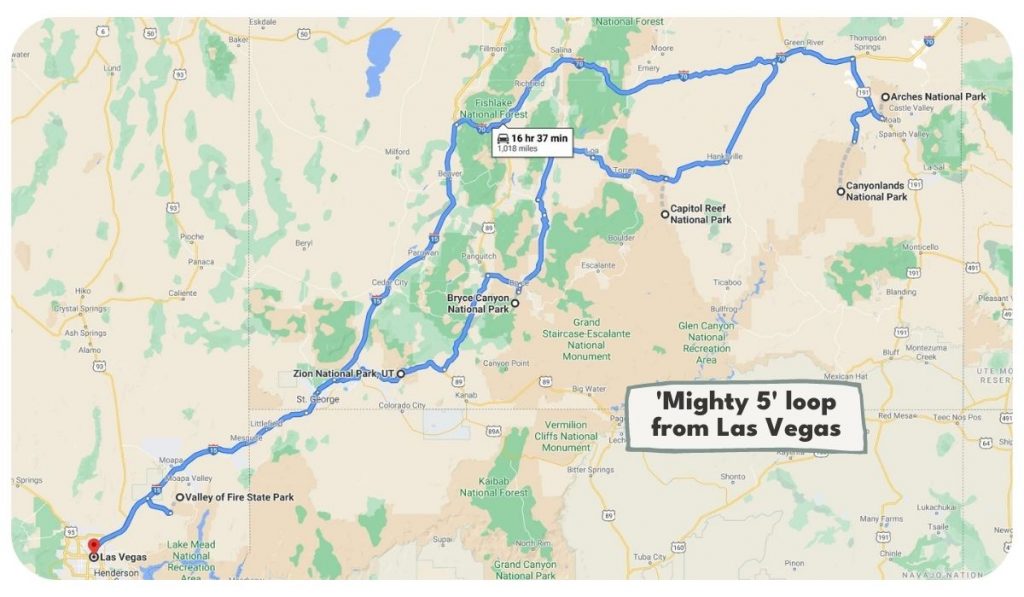
Where To Start and End Your Utah Road Trip
There are a few options for where to start and end your road trip of Utah’s ‘Mighty 5’. The most common choices are Las Vegas and Salt Lake City. But cities such as Flagstaff and Denver are also options. I personally recommend starting and finishing your road trip in Las Vegas. This is for a few reasons. Firstly, you won’t have to worry about extra costs from one-way car rental and flights. Secondly, it’s generally easy to find affordable and regular flights out of the Las Vegas airport.
In saying that, you could choose to start in Las Vegas and end in Salt Lake City, or vice versa. The route I am suggesting starts and ends in Las Vegas, but you could very simply switch the last location to Salt Lake City and avoid back-tracking to Las Vegas (see example below). You can also jump on this itinerary at any point if you are traveling from Flagstaff or Denver.
If you fly in and rent a car I recommend using Kayak to compare the best deals on your car rental. If you’re feeling extra adventurous, consider renting a camper van for a truly epic road trip!
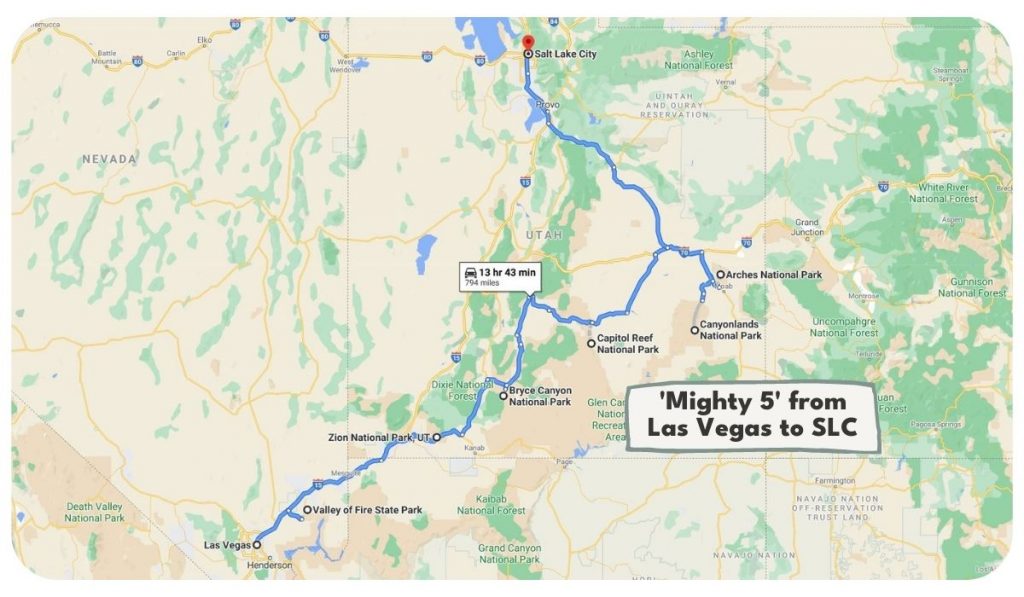
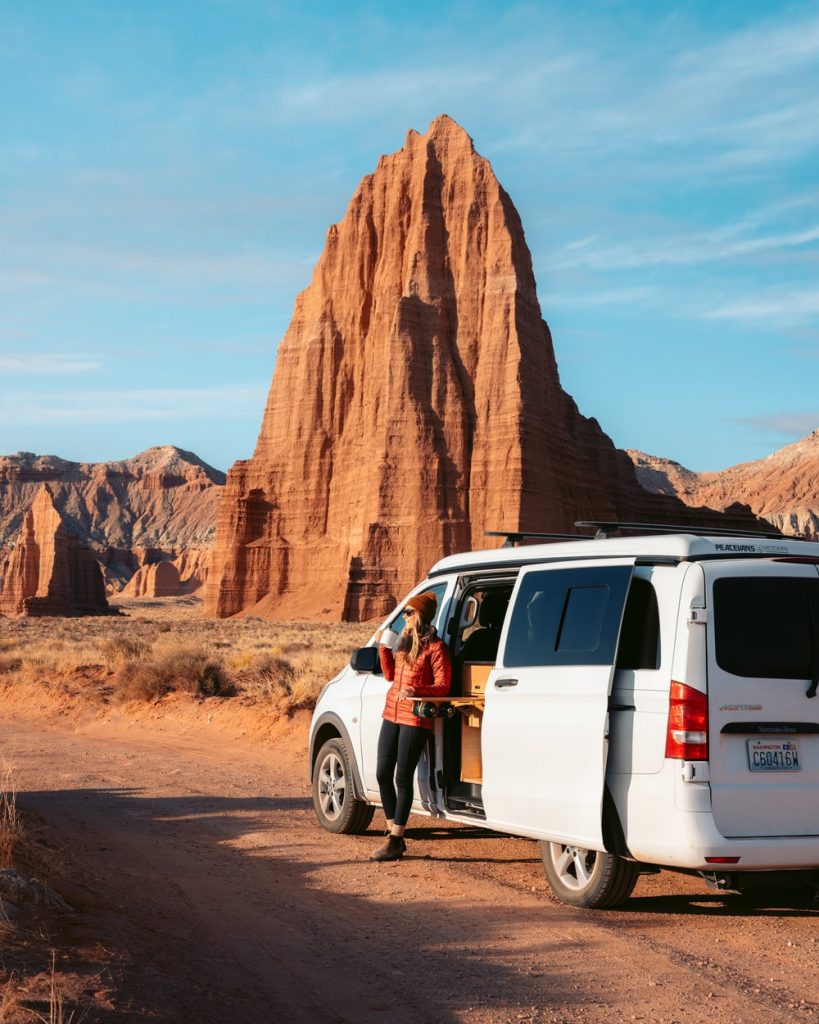
How To Get to Utah’s National Parks
You will need a car for this Utah national parks road trip itinerary. Many of Utah’s ‘Mighty 5’ are relatively remote and public transportation can be challenging or non-existent. So I recommend driving your own car or renting one from your starting destination.
Car, Camper, or RV?
This Utah national parks road trip itinerary is very conducive to a camper or RV style trip. The USA Southwest has plenty of free camping and is very welcoming to this kind of travel. If you are looking to rent a camper or RV then I would recommend checking out Outdoorsy or RVshare to find an RV to rent just the same as you would rent a car or book a hotel.
Not a fan of sleeping in vehicles? You can absolutely drive a regular vehicle and stay in hotels or even consider tent camping. For rental cars, I typically use Kayak to research the best deals at my chosen destination. You can also book your campground on The Dyrt for members’ deals. Use my code reneeroaming for a free 30-day trial here.
Will I need a 4×4 Vehicle?
There are some roads in the Southwest that require 4×4 access, but I have made sure this itinerary is accessible to all types of vehicles. So if there is a side trip that requires 4×4 I will be sure to mention that.
If you’re worried about breaking down or getting stuck while you’re exploring Utah’s ‘Mighty 5’, I would recommend having AAA. It gives us peace of mind when traveling and the annual cost is really affordable (starting at $56 a year).
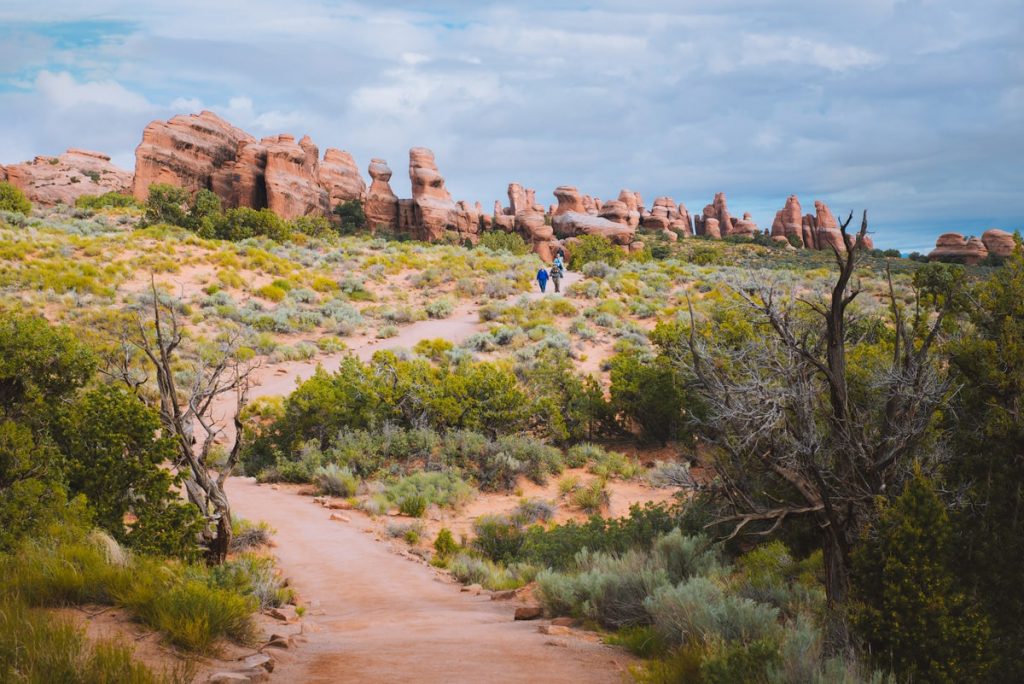
The Best Months to Take a Utah National Park Road Trip
You can technically follow this Utah national parks road trip itinerary any time of the year. In saying that though, there are definitely better months to explore the ‘Mighty 5’. In my opinion, spring and fall are the best seasons as they bring milder temperatures, snow-free trails, and often less crowds. Here’s an idea of what to expect from each season when exploring Utah’s national parks.
Spring
Spring is my favorite season to explore Utah’s national parks. The temperatures are usually warm during the day but cool off at night. And it’s such a nice sunny escape from winter which tends to linger in the Pacific Northwest. Keep in mind that you can get a little bit of snow in some areas during early spring, especially at higher elevations. It’s also one of the busiest times to explore the Southwest, given how great the conditions are. So expect larger crowds, especially during April and May. Another downside of this time of year can be the “spring winds”, especially in April.
Summer
I would suggest avoiding Utah’s national parks during summer (particularly July and August). It’s just too hot in my opinion. But if you’re okay with temperatures above 100°F / 38°C, then go for it! Just be prepared with ample water and sun protection.
Fall
Similar to spring, fall is a great time to visit Utah’s national parks. The days are warm but not too hot. And the nights also cool down to a comfortable sleeping temperature. Because of these ideal conditions, you can expect large crowds in fall, especially during September and October.
Winter
Just because it’s nearly always sunny in the Southwest doesn’t mean it’s always warm! Winter can be freeeeezing in Utah’s national parks, especially at higher elevations. So expect temperatures between 30°F – 50°F during the day and well below freezing at night. Some trails and roads may also be inaccessible due to snow and ice. You can travel to these parks in winter but be sure to do ample research of conditions and come prepared with adequate cold-weather gear.
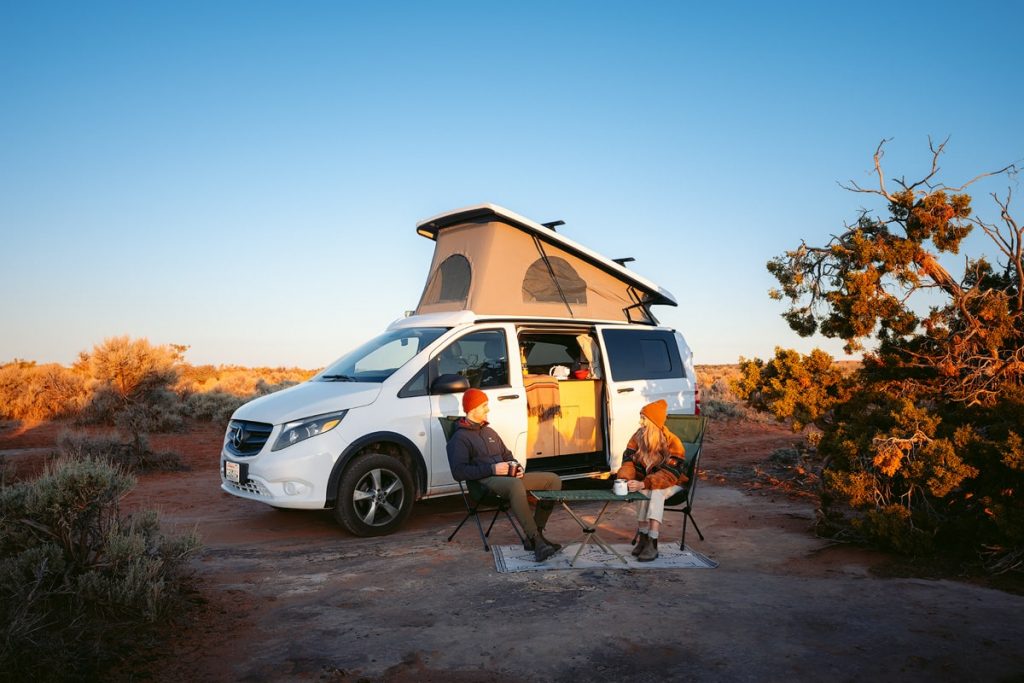
How To Find Free Utah Campsites
There are loads of free camping options across Utah, which can really help you cut down on road trip costs. In fact, I have an entire blog post on how to find free campsites in the USA – check it out! It is particularly so easy to find free campsites near Utah’s Mighty 5. On my most recent road trip I stayed in free camping spots 95% of the time!
My favorite resources to find free campsites:
- iOverlander App – free (iOS/Android): You can also use their interactive map on their website.
- FreeCampsites.net – free (Android): Their app and their website both have an interactive map that you can also use.
- The Dyrt – free or pro for $35.99 / year: The Pro Membership Perks include a camping road trip planner, free dispersed camping with map layers, offline access anywhere, and camping and gear discounts. You can also find free campsites and get a free 30-day trial for your next trip using code reneeroaming.
Utah National Parks Road Trip Itinerary
This Utah road trip itinerary is based on my own personal experiences visiting each park numerous times. You will find I have included many of the “popular” things to do because they are well-known for a reason… they are so incredible! But I have also tried to suggest some less crowded viewpoints and hikes, so that you can have some peaceful moments too.
Ideal Length of a Utah National Parks Road Trip
Honestly, the more time the better for a Utah national parks road trip! But seeing as most people have limited vacation time, I have made this itinerary 7 days long (see below). Ideally, you would opt for 10 days to allow for more time in each park and for side trips. If that’s an option for you, I have included a 10 day itinerary below. If you have even more time then I would consider adding on some stops in Arizona (like visiting Grand Canyon National Park or Antelope Canyon) or staying in each of Utah’s Mighty 5 longer.
7 Day Utah National Parks Road Trip Itinerary
- Day 1: Arrive in Las Vegas, head to Zion National Park
- Day 2: Zion National Park
- Day 3: Bryce Canyon National Park
- Day 4: Capitol Reef National Park
- Day 5: Arches National Park
- Day 6: Arches and Canyonlands National Parks
- Day 7: Drive back to Las Vegas
10 Day Utah National Parks Road Trip Itinerary
- Day 1: Arrive in Las Vegas, head to Valley of Fire State Park
- Day 2: Valley of Fire State Park & Zion National Park
- Day 3: Zion National Park
- Day 4: Bryce Canyon National Park
- Day 5: Escalante
- Day 6: Capitol Reef National Park
- Day 7: Arches National Park
- Day 8: Arches & Canyonlands National Parks
- Day 9: Canyonlands National Park
- Day 10: Drive back to Las Vegas
As mentioned earlier, you could also consider starting or ending your Utah Mighty 5 road trip in Salt Lake City to cut off some driving hours. But keep in mind that could mean additional costs for one-way car rental and flights.
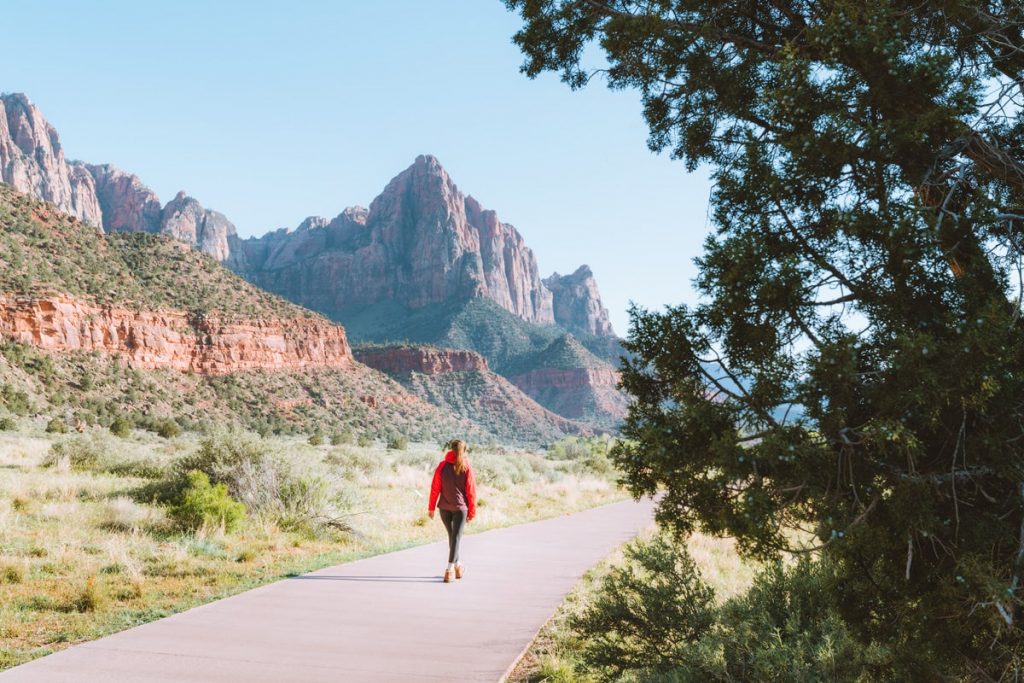
Stop 1: Zion National Park
First up on this Utah national parks road trip itinerary is Zion National Park. In fact, Zion is one of the best parks in the whole country. I guarantee its beauty will blow you away! When spending 1-2 days in the park you will need to be selective about your adventures and be sure to maximize time wisely. If you’re like me, you’ll probably leave already wanting to plan your next trip here.
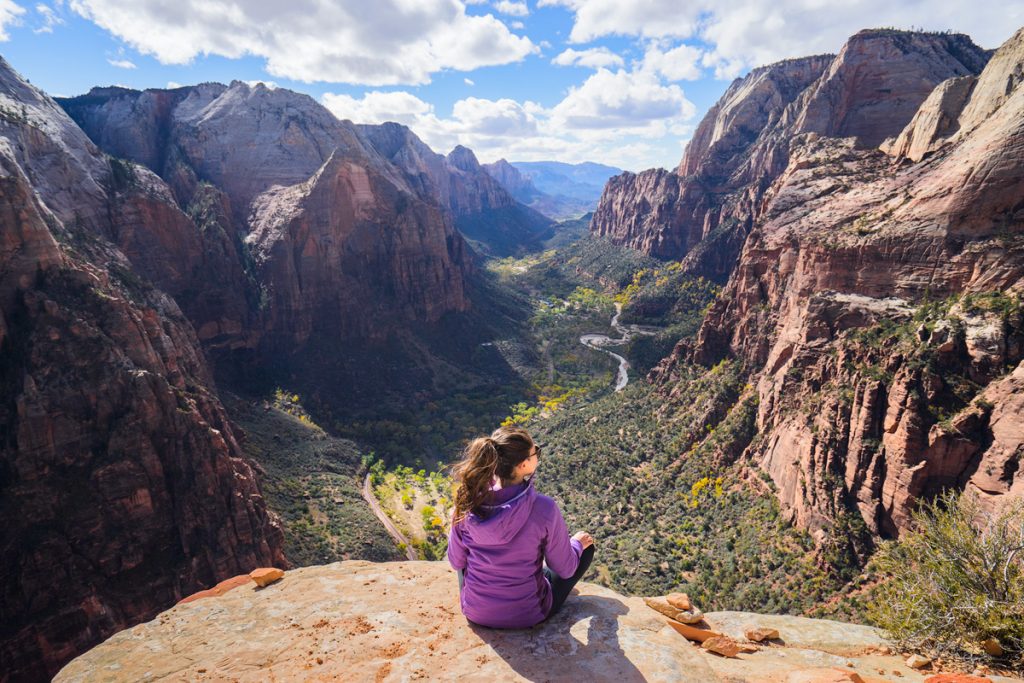
Best Things To Do in Zion National Park
If you only have time to do one hike in Zion National Park, I would choose either Angel’s Landing or Observation Point. They are both challenging hikes but the views are absolutely worth it and highlight the best parts of the park. A less challenging option is to visit Canyon Overlook. In fact, the Canyon Overlook trail is a particularly good “easy option” for a sunset adventure. Just be sure to arrive early to ensure you get a parking spot.
What about hiking The Narrows? Exploring The Narrows is an amazing experience hiking in the Virgin River, though I wouldn’t say that it’s better than the hikes mentioned above. If you’re looking for a more secluded hiking experience then I would suggest looking into hiking The Subway Trail. During most of the year, the National Park Service runs free shuttles throughout the canyon, which makes getting around the park really easy! It’s a fun way to link up multiple hikes, too. If you feel like splurging, you can take a Sunset UTV Tour to explore the local rugged terrain in a more adventurous way!
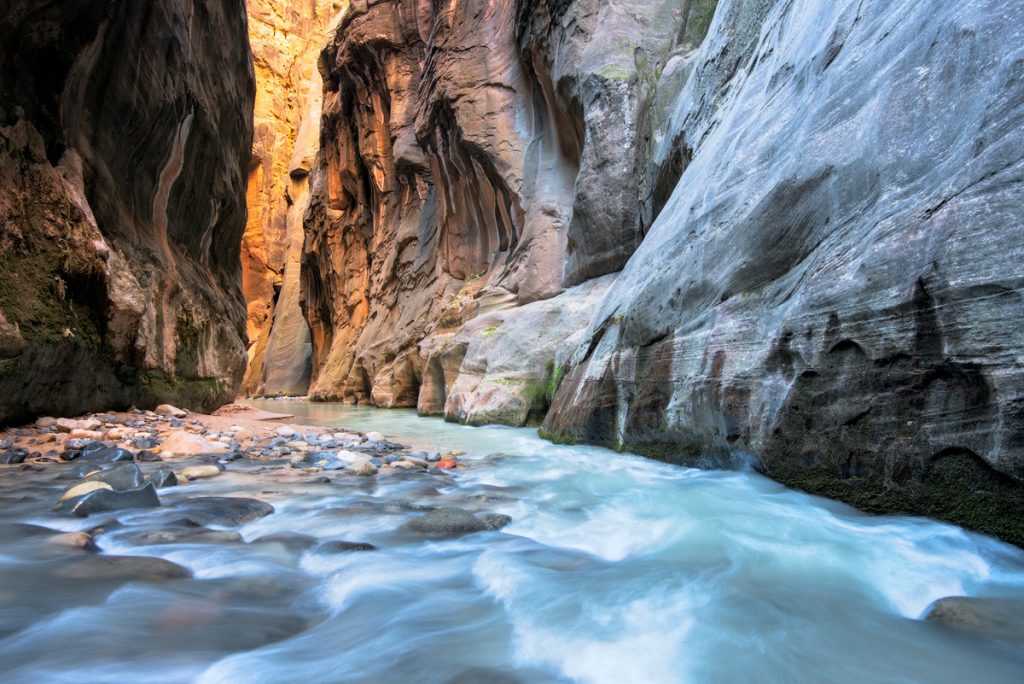
Where To Stay Near Zion National Park
There are a few campgrounds within Zion National Park. The most popular are Springdale Watchman Campground and South Campground. There is also another campground near the less popular eastern entrance called Lava Point Campground. Book these campgrounds with The Dyrt and use my code reneeroaming for a free 30-day trial. Find out more here.
For hotel style accommodation, consider staying in the town of Springdale or at Zion Lodge (within the park).
Places To Eat Near Zion National Park
The town of Springdale will be your best bet with plenty of places to eat. It’s located just by the southern park entrance and has numerous cafes, restaurants, and a grocery store. Be sure to check out Oscar’s Cafe, Deep Creek Coffee Co, and Cafe Soleil. Then for groceries and snacks stop by Sol Foods.
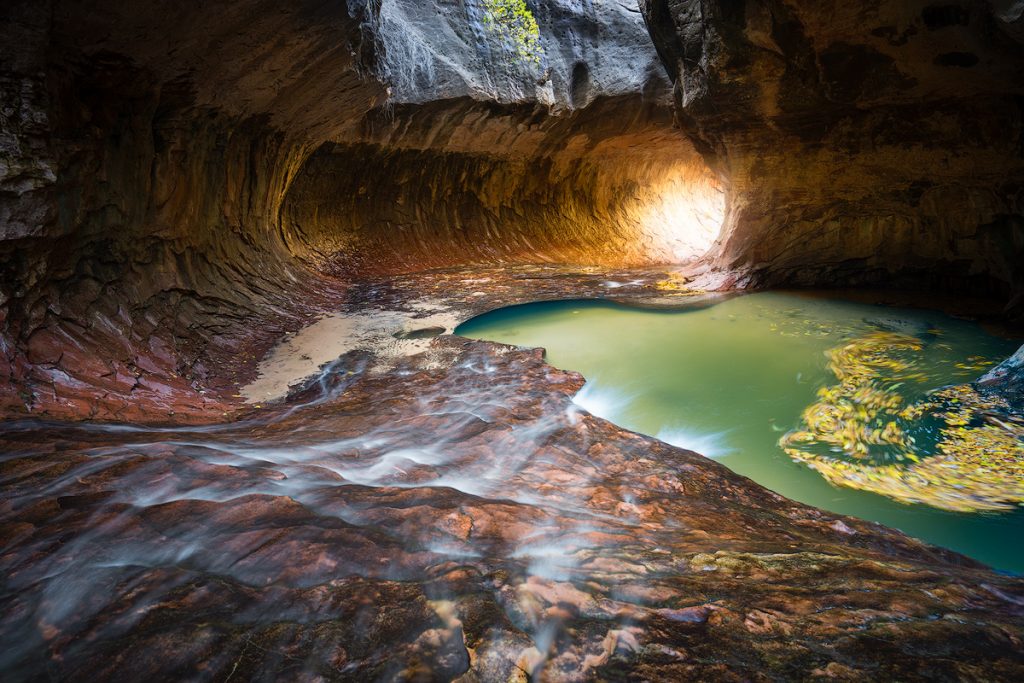
Amazing Stops Nearby Zion National Park
If you’re looking for a similar type of landscape to Zion Canyon but want to avoid crowds, check out nearby Snow Canyon State Park. Some popular things to do in Snow Canyon include hiking the Petrified Dunes and Lava Flow trails.
Another fun spot close to Zion is Scout Cave. This triangular cave is located near the town of St George and can also be accessed via a 3.6 mile out-and-back hike.
You can also book an incredible helicopter tour over Zion National Park and Bryce Canyon to see the landscape from the sky. Well worth the stop! Book here.
Add on for 10 day itinerary: Valley of Fire State Park
If you’re opting for the 10 day itinerary, then you will be stopping at Valley of Fire State Park before reaching Zion. Or you could leave Valley of Fire until the end of your trip right before flying out of Las Vegas. There are some great guided hikes that leave from Las Vegas that let you explore the area’s petroglyphs, rock formations, and plateaus.
Valley of Fire State Park is relatively small but packed with opportunities for adventure. The best hikes to check out are The Fire Wave Trail, White Domes Trail, and Rainbow Vista Trail. But if you only have time for one then I would suggest The Fire Wave Trail.
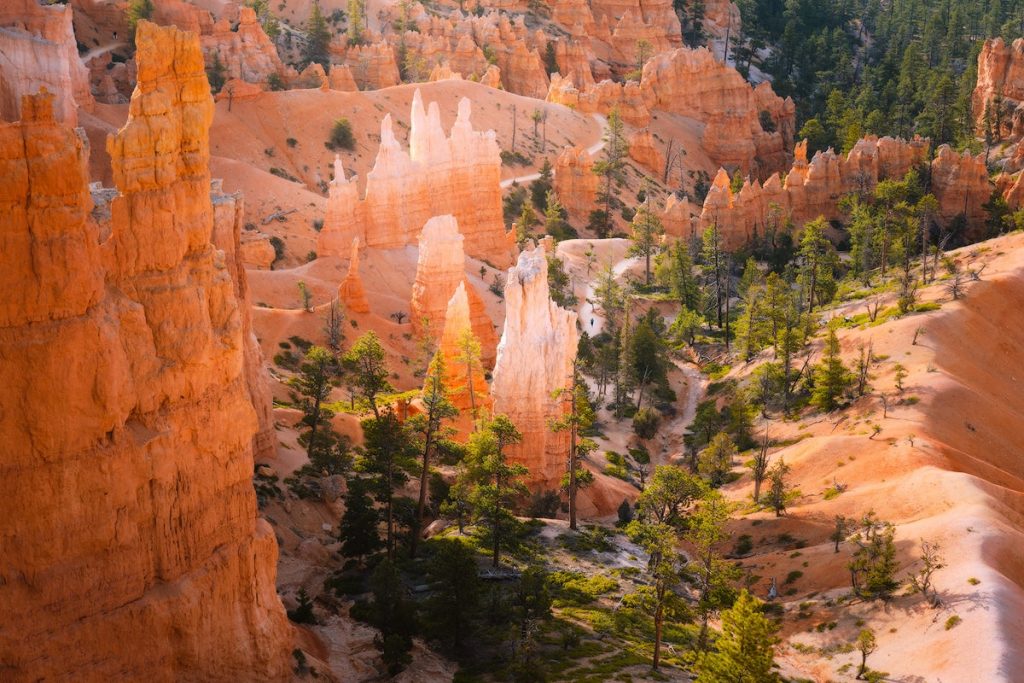
Stop 2: Bryce Canyon National Park
Bryce Canyon is often overlooked when it comes to other Utah national parks. Because of that, my expectations weren’t super high the first time I visited. Well, I was very wrong! Bryce Canyon National Park is a true gem of the Southwest and should be on everyone’s bucket list. In fact, you don’t need a whole lot of time to explore the best sights of Bryce Canyon. Which makes it the perfect addition to this whirlwind Utah national parks road trip.
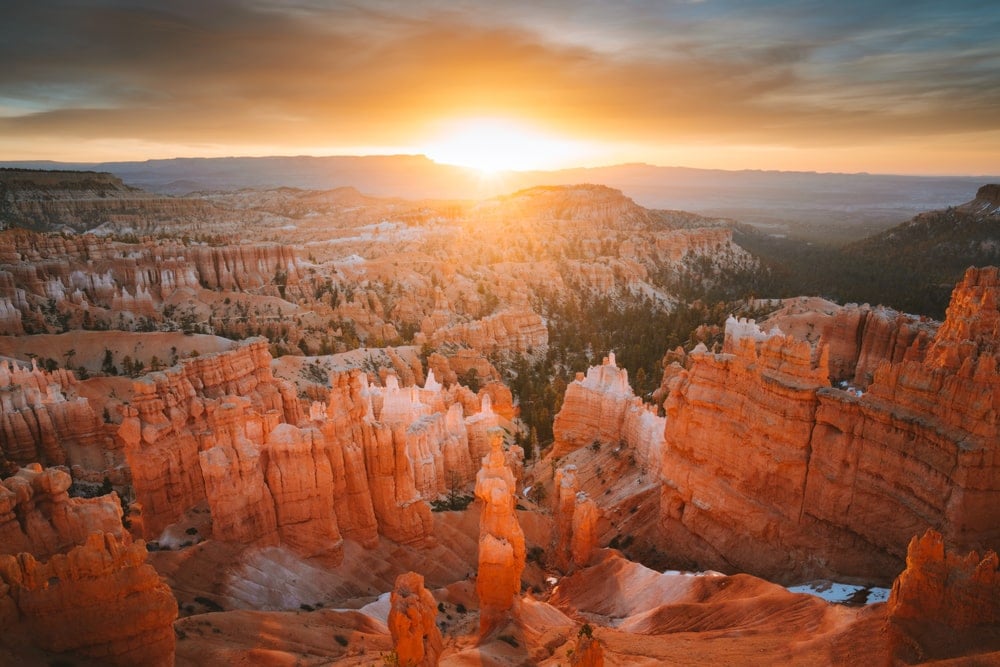
Best Things To Do in Bryce Canyon National Park
Sunrise and sunset are the best times to witness Bryce Canyon’s beauty. There are also numerous viewpoints to watch sunrise and sunset, including Inspiration Point, Sunrise Point, and Sunset Point. In fact, my favorite is watching the sunrise from Sunset Point… confusing I know haha. This Bryce Canyon Guided Tour hits all the highlights of the national park in 3 hours. A great option if you’re on a time crunch.
The best hike in Bryce Canyon is the Navajo Loop Trail, paired with the Queen’s Garden Trail. Begin hiking right after sunrise and start from Sunset Point on the Navajo Trail. Then connect counterclockwise around to the Queen’s Garden Trail and finish at Sunrise Point. Walk back along the Rim Trail to your car at Sunset Point. The whole hike is approximately 2.9 miles (4.6 km) and has an elevation change of 600 feet (183 m).
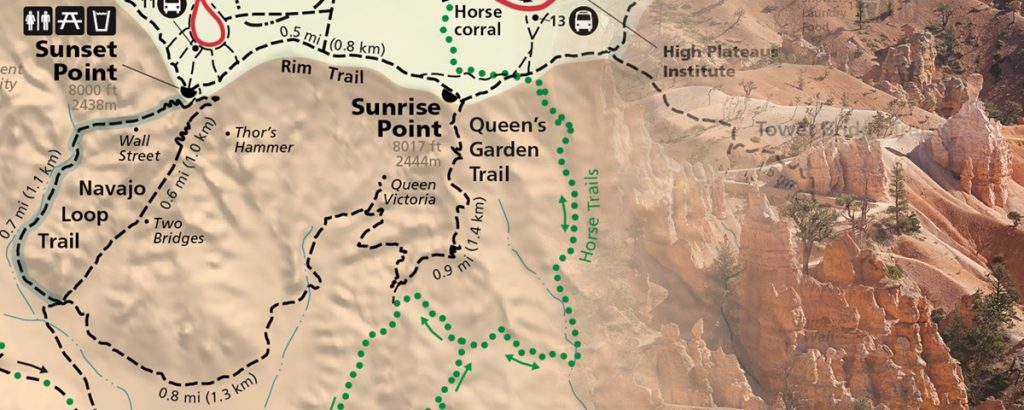
But if you’re looking for an extra challenge, check out the Peek-A-Boo Loop Trail. This 5.5 mile (8.85 km) trail can also be connected to the Navajo Loop Trail for one much bigger day hike. So make sure to pack plenty of water, sun protection, and snacks.
Where To Stay Near Bryce Canyon National Park
The Lodge at Bryce Canyon is open from May through December and is a good option if you’re hoping to stay within the park. There are also two campgrounds within the park, North Campground and Sunset Campground. Lastly, you can opt to stay in the nearby town of Bryce Canyon City, which is just a 5-minute drive from the park. In addition, there are a few good options here including Ruby’s Inn RV Park and Campground, Best Western Plus Ruby’s Inn, and Best Western Plus Bryce Canyon Grand.
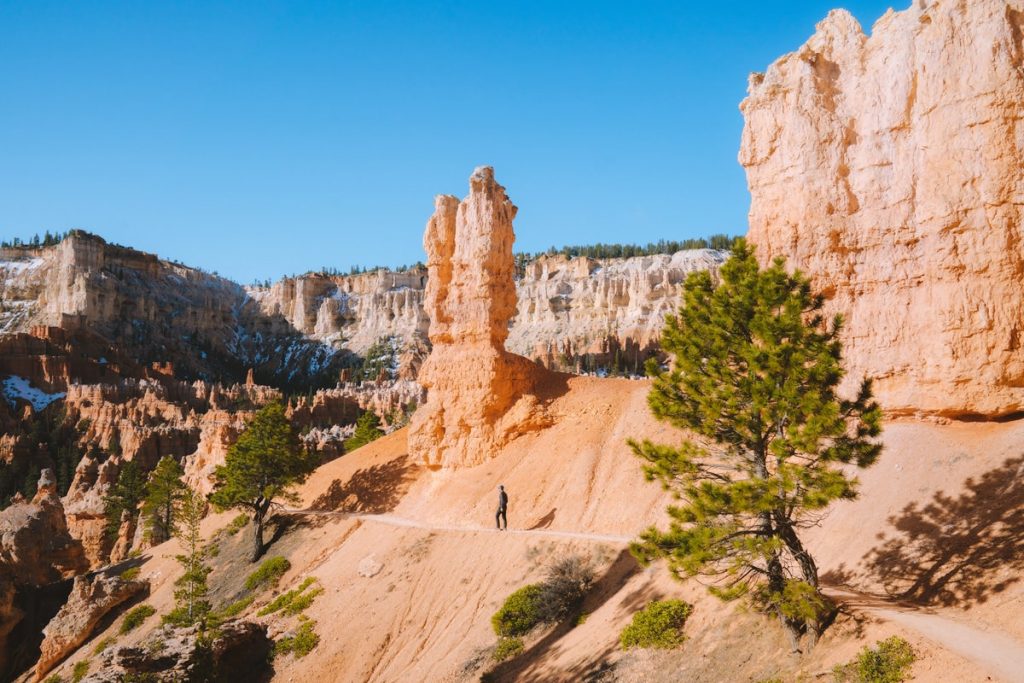
Places To Eat Near Bryce Canyon National Park
Within the park you can eat at The Lodge at Bryce Canyon (yummy breakfast!) or opt for choices in nearby Bryce Canyon City. Ruby’s Inn has three dining options, the Cowboy’s Buffet & Steak Room, Canyon Diner, and Ebenezer’s Barn and Grill. All the food is fairly basic but hits the spot after a day of exploring!
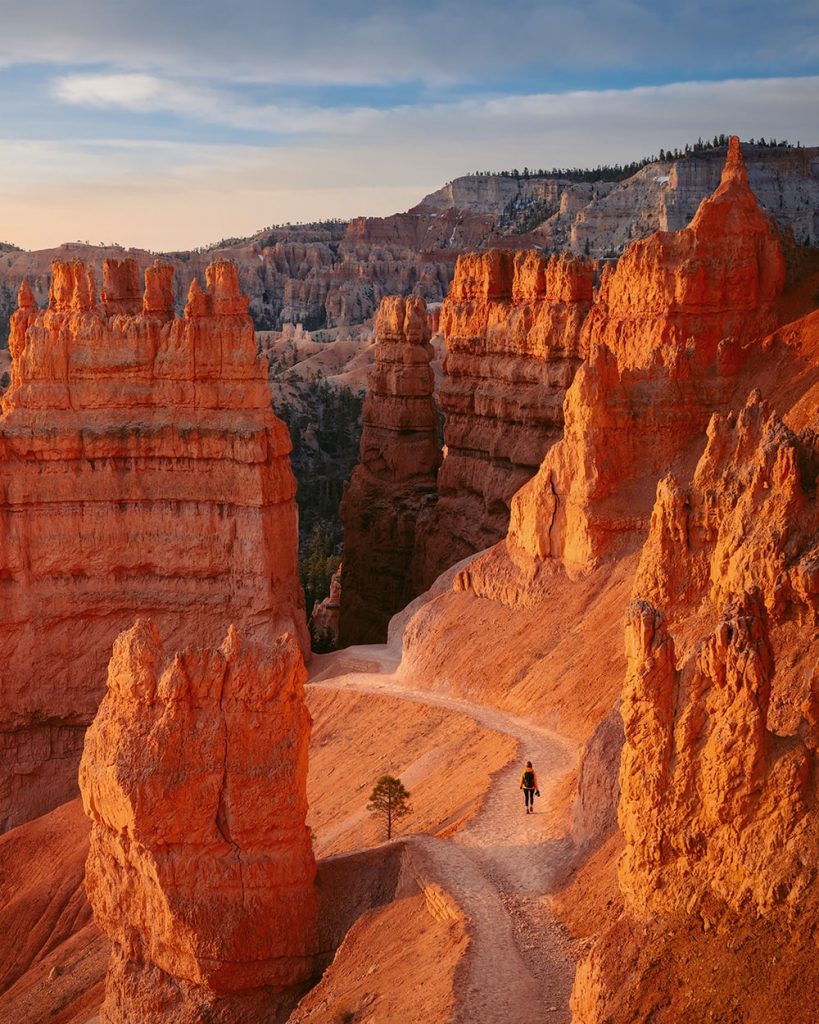
Amazing Stops Nearby Bryce Canyon National Park
If you have time on your Utah national parks road trip, Red Canyon is a worthwhile side trip. You’ll find it when driving from Zion to Bryce Canyon along Scenic Byway 12. Red Canyon is part of Dixie National Forest (free entrance) and not technically part of Bryce Canyon, though they are very close to each other. Check out the .7-mile Arches Trail where you will walk by hoodoos, arches, and other interesting red rock formations.
Another detour between Zion and Bryce Canyon is Coral Pink Sand Dunes State Park. At the Mount Carmel Junction you can choose to drive 20 minutes south to access the park.
There are also a few great activities you can book to enjoy more of the areas near the park. You can go horseback riding in Dixie National Forest or in Red Canyon, or if machines are more your style go on an ATV adventure within Bryce National Park.
Add on for 10 day itinerary: Escalante
If you’re opting for the 10 day ‘Mighty 5’ itinerary, then you will be stopping to explore the Escalante area on your way from Bryce Canyon to Capitol Reef National Park. Note that you have to take the route along UT-12 E instead of UT-24 E, otherwise you won’t go through Escalante.
There are also numerous things to do in the Escalante area. If you have a regular vehicle then opt for the Lower Calf Creek Falls Trail as it’s right off the highway. Then if your vehicle can deal with washboard dirt roads, head down Hole-In-The-Rock-Road and explore Devil’s Garden and/or Zebra Slot Canyon.
For those with higher clearance vehicles, consider taking a scenic drive further on and explore Peekaboo Gulch or Spooky Gulch. You can also rent 4×4 vehicles in the area or consider booking a guided tour.
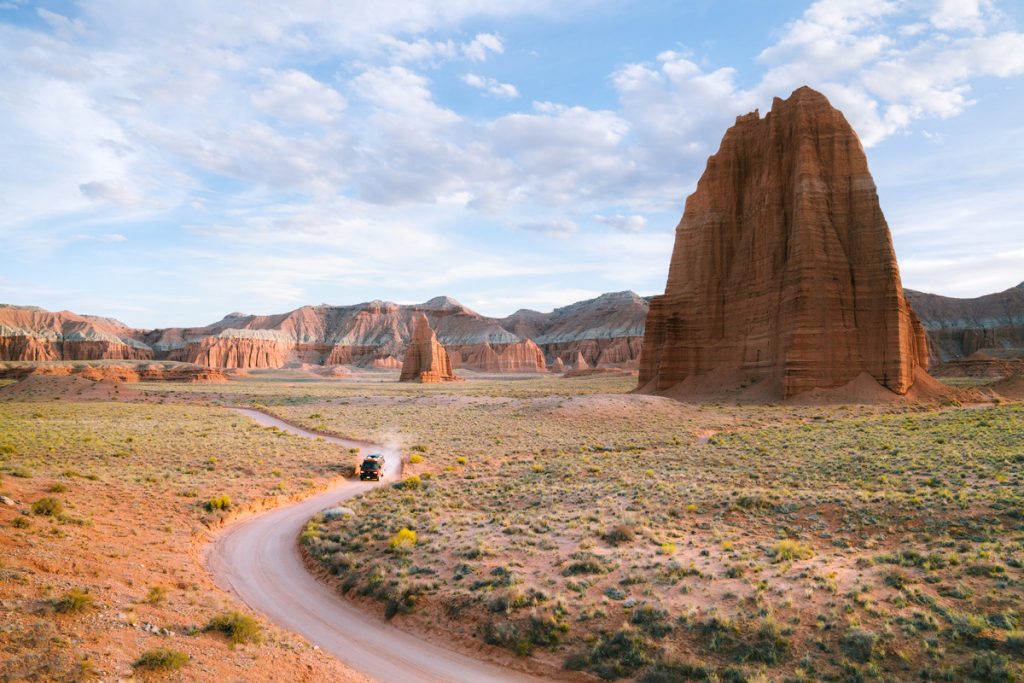
Stop 3: Capitol Reef National Park
Next up on this Utah national parks road trip itinerary is Capitol Reef National Park. I’ll be honest, Capitol Reef is a park I initially wasn’t that hyped on visiting. I hadn’t seen that many amazing photos and overall the park just doesn’t get as much exposure as the rest of the Utah ‘Mighty 5’. But don’t let that deter you from visiting. In fact, Capitol Reef is bursting with hidden gems if you’re willing to look for them!
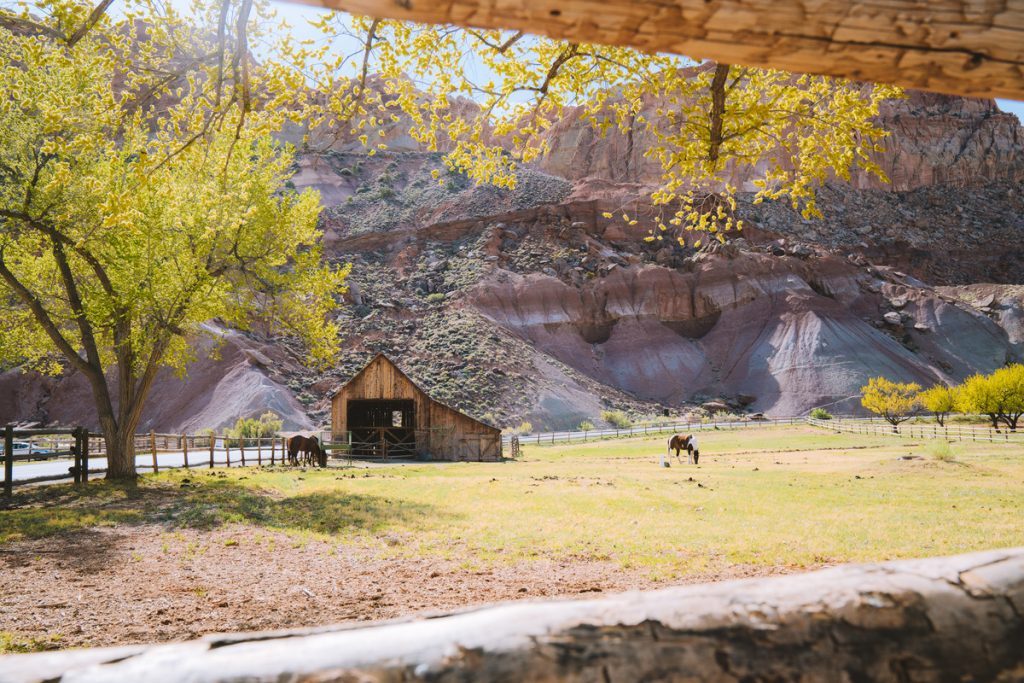
Best Things To Do in Capitol Reef National Park
Right at the entrance of the Capitol Reef is a roadside pull-off known as the ‘Petroglyph Panel‘. From here you can take a short walk to view incredible rock drawings that date back to between 300 – 1300 A.D. Then after this you can stop by the Visitor Center to get the latest park information, use the restroom, and check out the gift store.
Head further into the park and check out the historic Gifford Farm (built in 1908) and enjoy some delicious home-made pie from the Gifford House store. Also be sure to get a side of home-made ice cream too! They have some of the best pies I have ever tasted and also sell other baked goods, snacks, salsa, spreads, coffee, tea, etc.
Next up, consider hiking the Cassidy Arch Trail. This 3.1-mile trail is a great way to see the natural beauty of Capitol Reef National Park. If you’re looking for something a bit longer, the Navajo Knobs Trail is 9.1-miles with 2100 feet of elevation gain. This will get you to a more elevated view of the park, with beautiful ridgeline and mountain views. Another hike to check out in that general is Hickman Bridge Trail (1.7 miles roundtrip).
Finally, I highly recommend checking out the Cathedral Valley District of Capitol Reef National Park. It’s more remote, and sometimes requires a high clearance vehicle (check at the Visitor Center). So if you can, drive all the way to the Temple of the Sun and spend a sunrise or sunset exploring that beautiful area of the park. You can book this tour for a guided exploration of Cathedral Valley.
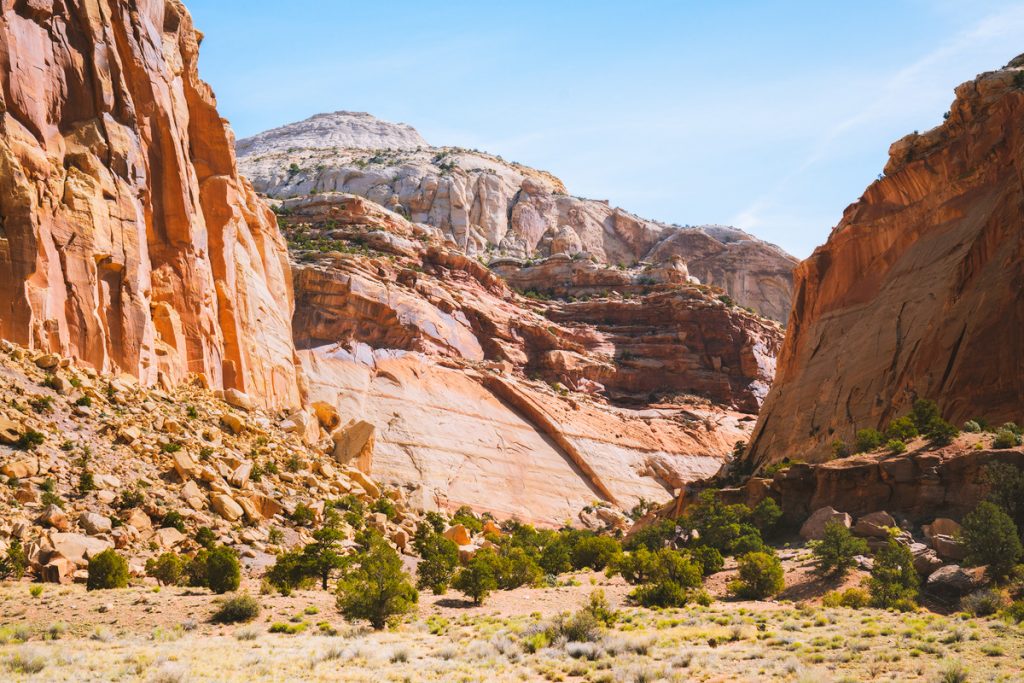
Where To Stay Near Capitol Reef National Park
There isn’t any hotel-style lodging within Capitol Reef National Park, but those who are camping can stay at Fruita Campground. Alternatively, the nearby town of Torrey has a few hotel options, including Capitol Reef Resort and Red Sands Hotel.
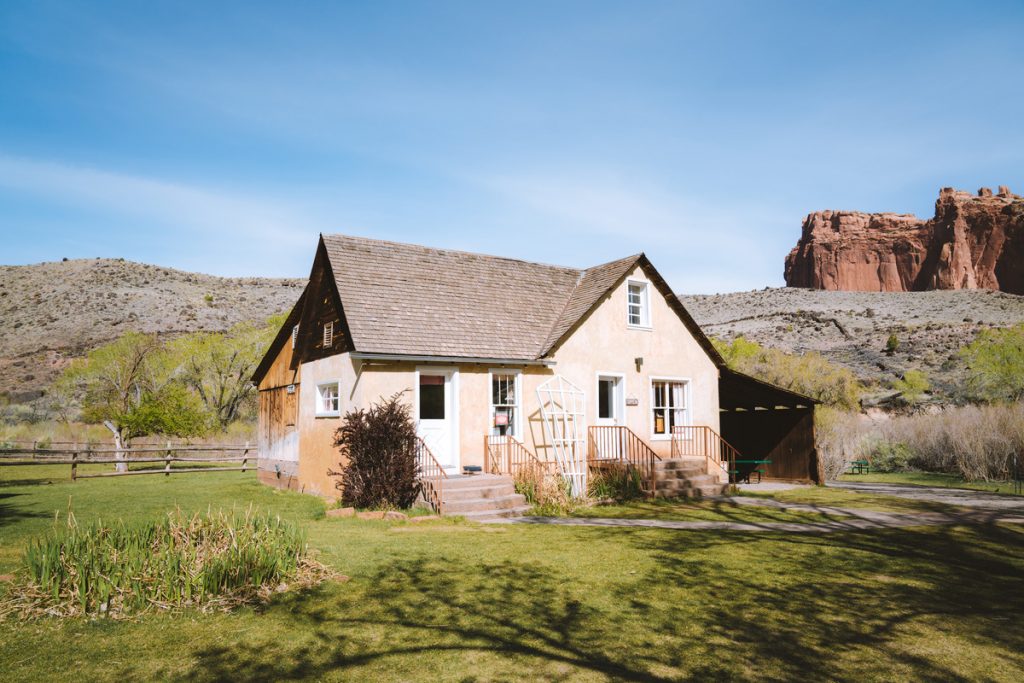
Places To Eat Near Capitol Reef National Park
As mentioned above, you absolutely need to try the homemade pie and ice cream from Gifford House store. Some other places to eat near Capitol Reef include Castlerock Coffee, Austin’s Chuckwagon Deli, and Capitol Burger.
Amazing Stops Nearby Capitol Reef National Park
If you don’t mind dirt roads or some washboarding, nearby Factory Butte is a unique place to explore. There are endless scenic drives and tons of hiking opportunities. Just be sure to pack out all your trash, follow signed recreation guidelines, and be respectful of others.
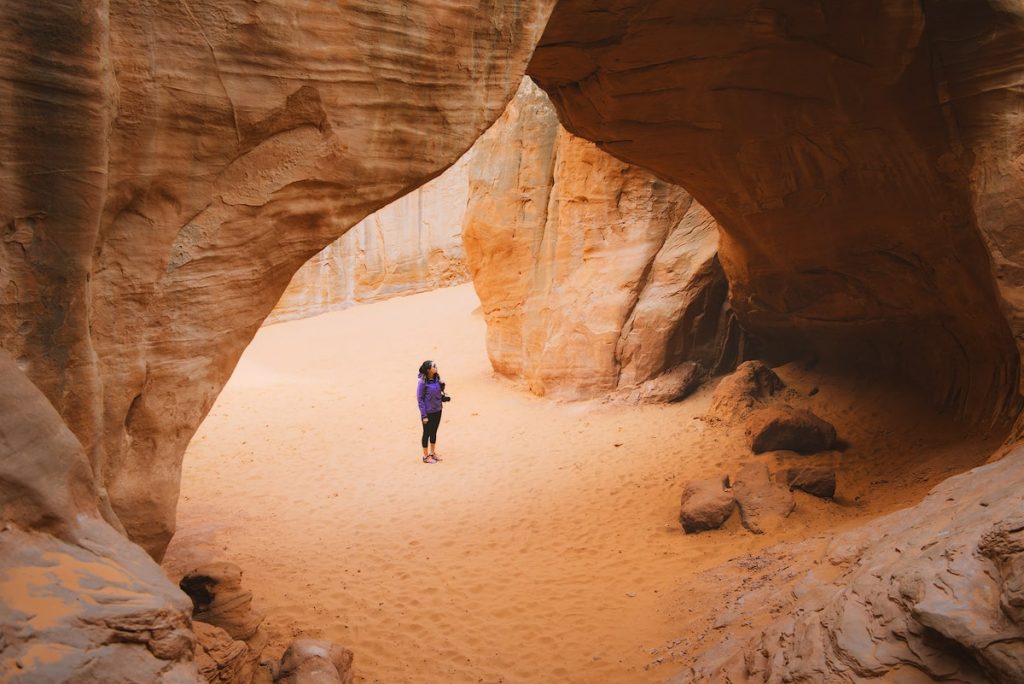
Stop 4: Arches National Park
The next Utah ‘Mighty 5’ is Arches National Park. Arches is a relatively small national park but has tons of things to see and do. One downside is that due to its closeness to the adventure hub of Moab, the park can get very busy, especially on weekends and holidays. Plan to start your days early when visiting Arches and enter the park as close to sunrise as possible.
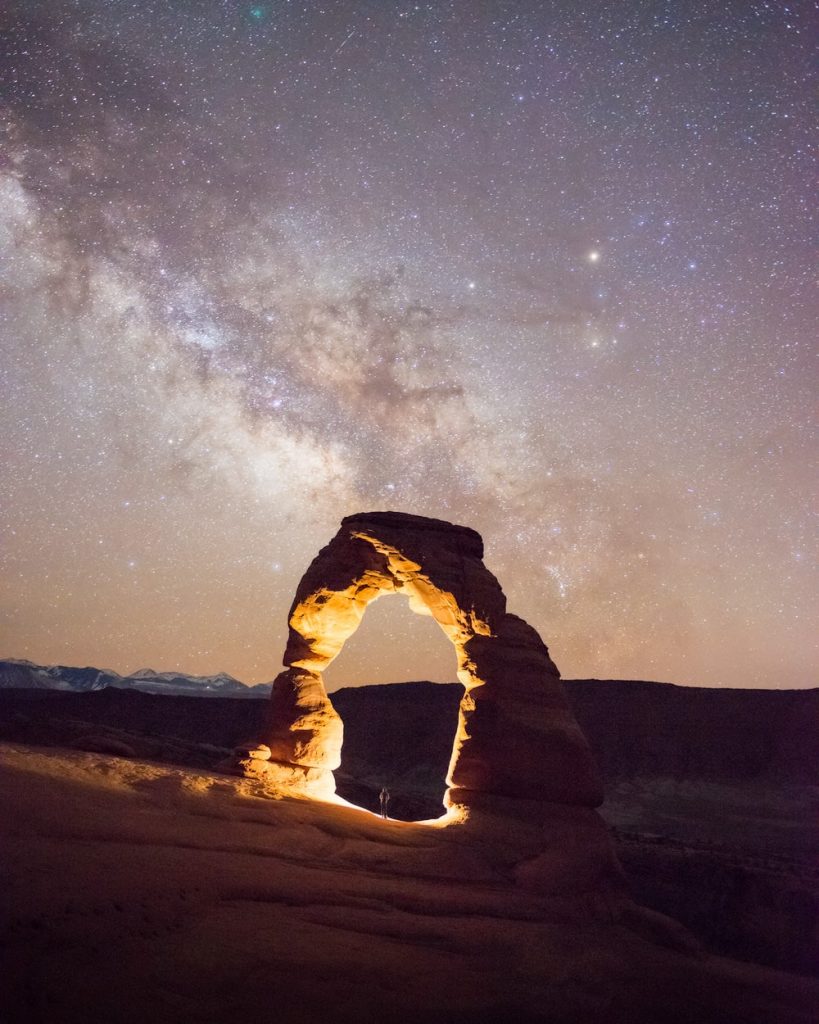
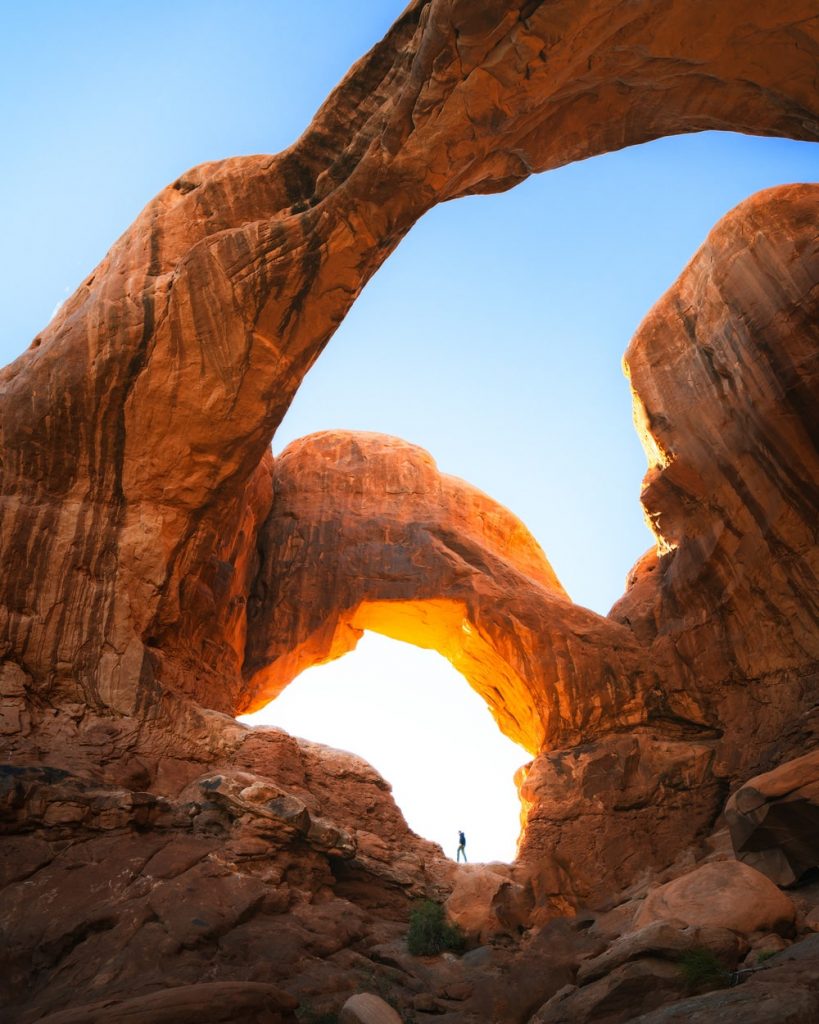
Best Things To Do in Arches National Park
Hikers love Arches National Park, and for good reason! Hiking to Delicate Arch (3.4-miles) is a very popular thing to do on any Utah national parks road trip. It’s such an iconic experience and worth braving the crowds for. Go at sunset and watch the arch glow with the fading afternoon light. On a clear night it is worth staying after dark and spending some time star gazing under the moon (trust me, it will blow your mind!)
Be sure to explore The Windows area of Arches National Park. You can take a short walk between all the windows, arches, and other rock formations. My favorites are Double Arch and Turret Arch. For a different view that you can’t get from the ground, book a helicopter flight.
Another short must-do walk is Sand Dune Arch Trail (0.3-mile). And if you’re looking for a bigger adventure, check out the Devil’s Garden Primitive Loop Trail. This 8.1-mile loop is absolutely gorgeous and along the way you will encounter beautiful arches, desert plants, and rock gardens. My favorites were Landscape Arch and Double O Arch. Warning: be sure you take loads of water and a hat… 8 miles hiking in the hot desert is no joke!
As a break from the hiking you can take part in an ATV adventure from Moab across the park and the Colorado River. I also like to use a self-guided audio tour when visiting new parks because it lets me explore at my own pace.
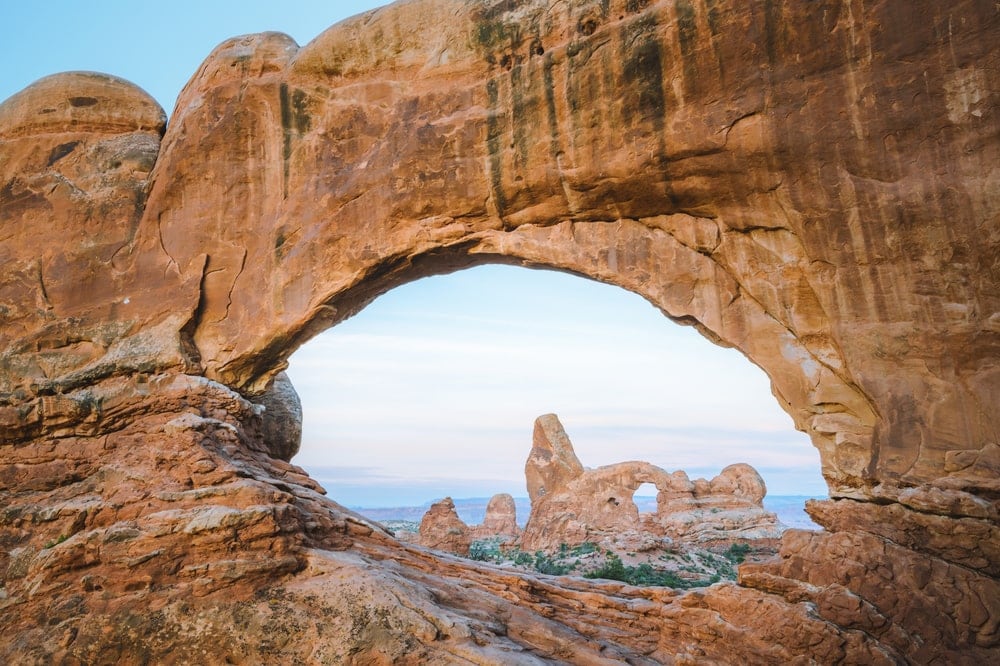
Where To Stay Near Arches National Park
Arches National Park has one lodging option, Devils Garden Campground. It’s hard to secure a reservation so you’re probably best to look into nearby options. The town of Moab has numerous hotels to choose from, as well as campgrounds and RV parks. You can also use this guide to help find free campsites in the greater Moab area.
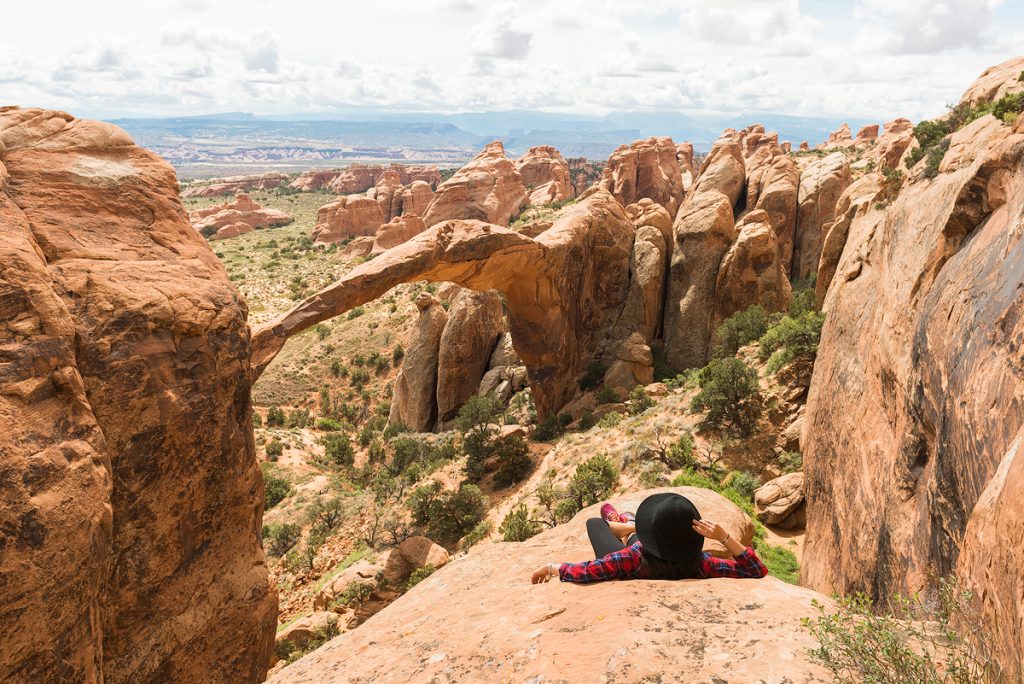
Places To Eat Near Arches National Park
Moab has a wide range of dining options. If you’re a fan of burgers, definitely check out Milt’s Stop and Eat Diner. They have a bunch of yummy burger options (including veggie and fish), fries, and shakes. For coffee and brunch, you can’t go wrong with Moab Garage Co. We also like the smoothies from Moab Coffee Roasters. Another good choice is Moab Brewery as they have a substantial beer list and a nice range of food options.
Amazing Stops Nearby Arches National Park
If you have time to add to your Mighty 5 road trip, Fisher Towers is a worthwhile place to check out while you’re in the Moab area. It’s a well known spot for climbers but many other visitors don’t know about its beauty or hiking opportunities. Take the Fisher Towers Trail for some spectacular views and a good workout. You can also camp there if you are lucky and get one of the 5 car camping sites.
Corona Arch is another amazing spot close by to Arches National Park. Located about 1 hour from the Arches Visitor Center, Corona Arch is an easy 2.3 mile hike that offers stunning views of a massive arch (140 feet across by 105 feet high).
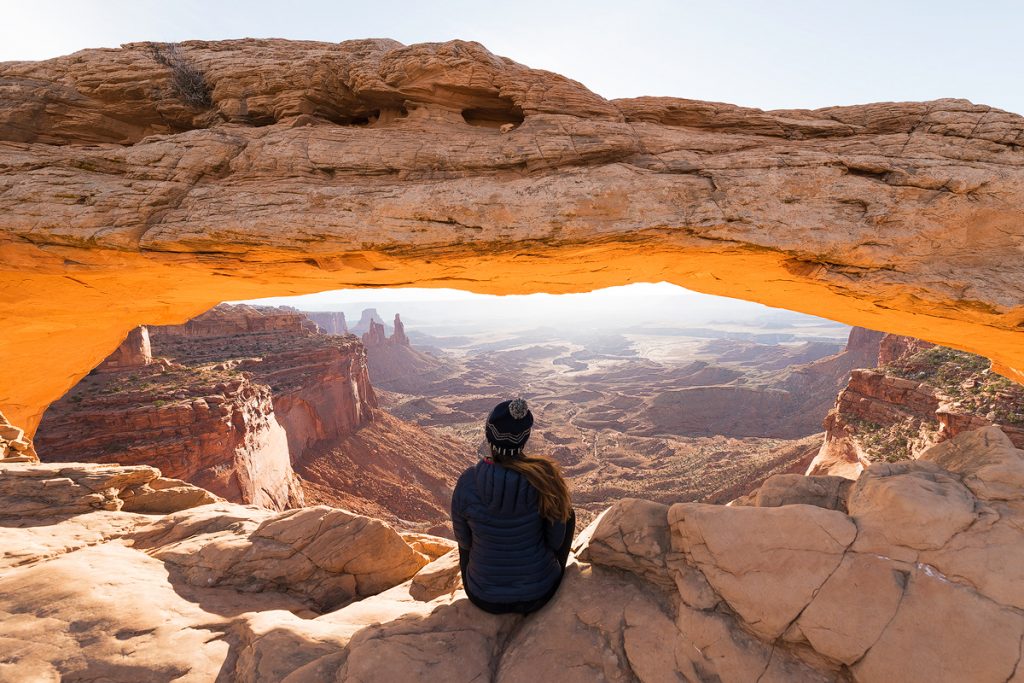
Stop 5: Canyonlands National Park
No Utah national parks road trip itinerary would be complete with a stop at Canyonlands National Park! The Island in the Sky section of Canyonlands is the most visited and it’s a distance of about 35-40 minutes driving time from Arches National Park.
If you have a short amount of time to visit Canyonlands, then I recommend sticking to the Island in the Sky area. If you have longer, then you could consider checking out the other three areas: Maze District, Needles District, and the Colorado and Green Rivers District. Keep in mind that these areas are much more remote and best suited for experienced travelers and backpackers.
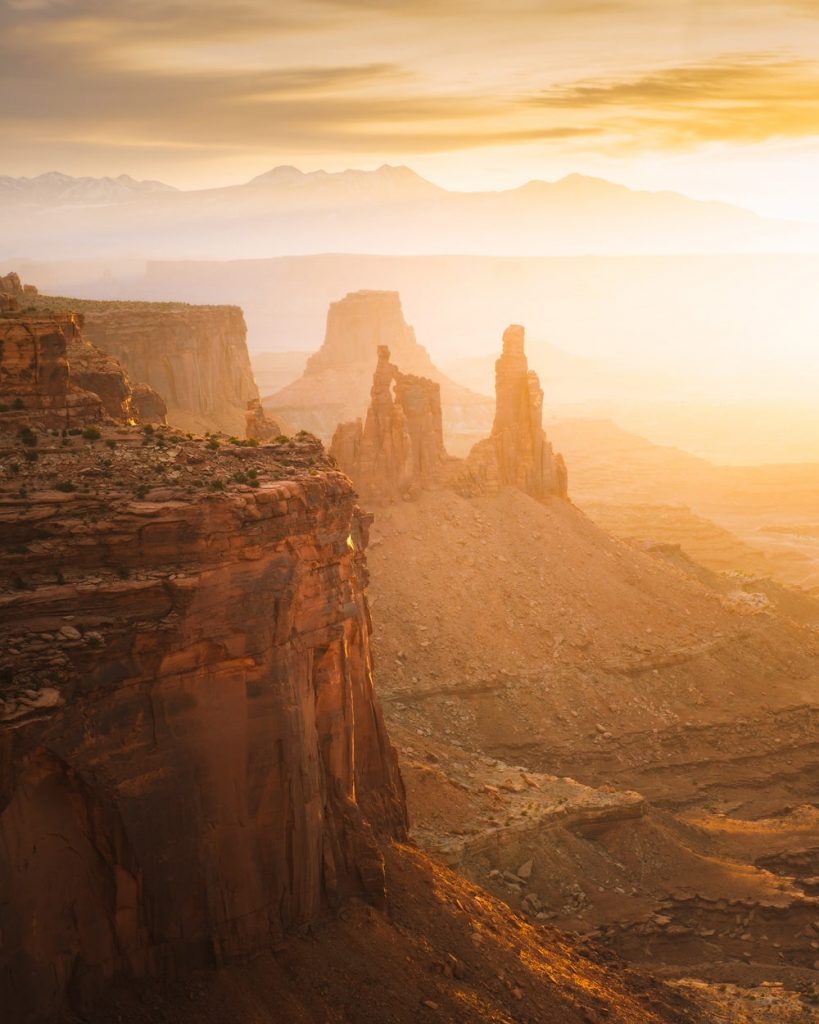
Best Things To Do in Canyonlands National Park
These recommendations are all for the Island in the Sky area, as that is what I recommend visiting on such a short Utah national parks road trip. Drive the entirety of Grand View Point Road, stopping at all the different lookouts along the way: Shafer Canyon Overlook, Green River Overlook, Buck Canyon Overlook, and ending at Grand View Point. My favorite of the overlooks is probably Green River, especially at sunset.
I recommend walking the 2-mile Grand View Point trail for incredible panoramic views. Some other short trails to check out include White Rim Overlook (1.8-mile), and Mesa Arch (0.7-mile). Keep in mind that Mesa Arch Trail can be VERY busy at sunrise, as that is when photographers like to capture the fiery red glow on the arch. It’s worth braving the crowds but my top recommendation would be to stick around until after sunrise. All the photographers peace-out fairly quickly and then you will have the arch all to yourself! Remember to never walk or climb on arches.
Another worthwhile sight in the park is Upheaval Dome Trail (1.7-mile). To get there, drive down Upheaval Dome Road and park at the end (you will get to a turn-around loop). From there you should spot the trailhead and can follow signs to both the first Upheaval Dome overlook and the second.
For a birds-eye view of Upheaval Dome, the Arches District, and the Needles District you can book a scenic airplane tour, your pilot will be your guide of the incredible scenery cruising beneath you. If you prefer to stay at ground level you can take this 4×4 tour followed by white water rafting in the Colorado River.
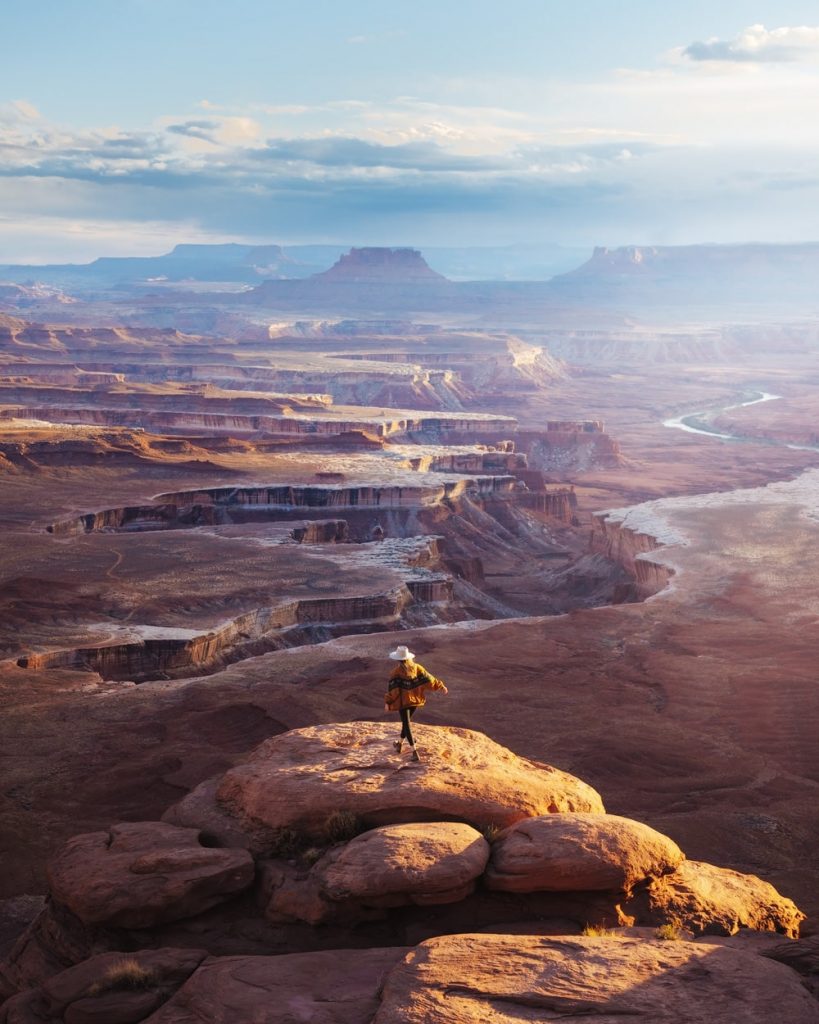
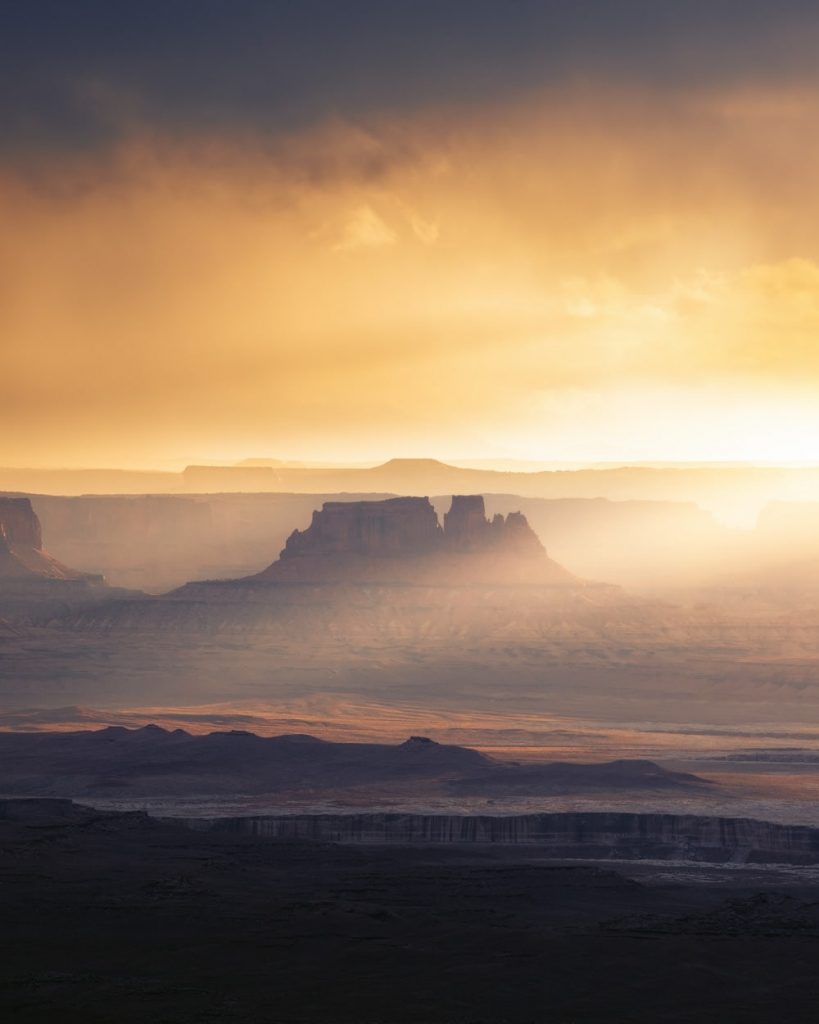
Where To Stay Near Canyonlands National Park
There is one lodging option in the Island in the Sky area of Canyonlands National Park, Willow Flat Campground. It has 12 first-come-first-served sites and the campground is open year-round. A nearby BLM camping spot is Horsethief Campground, which has 85 first-come-first-served campsites at $20 a night. Your other option will be to stay in nearby Moab, where there are plenty of lodging options (you could stay at the same place while exploring both Arches and Canyonlands). You can also use this guide to find free campsites in the greater Moab area.
Places To Eat Near Canyonlands National Park
There isn’t anywhere to eat inside Canyonlands National Park, so you will have to bring your own food or eat in nearby Moab. As mentioned above, Moab has a wide range of dining options. If you’re a burger lover, definitely check out Milt’s Stop and Eat Diner. For delicious coffee and brunch, I highly recommend Moab Garage Co. Another good choice is Moab Brewery as they have a substantial beer list and a nice range of food options.
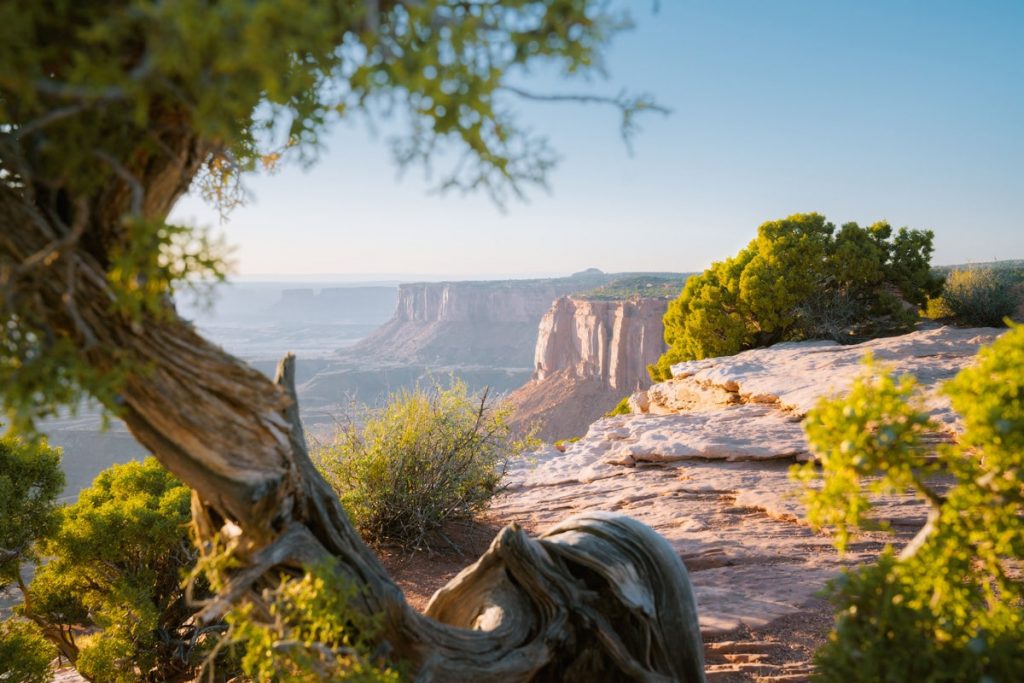
Amazing Stops Nearby Canyonlands National Park
About 9 minutes before arriving at the Island in the Sky Visitor Center, you will pass a junction to Hwy 313. Turning left will take you to Dead Horse Point State Park. Stopping here is highly recommended if you have the time! The main overlook (at the end of the road) has stunning views of steep canyon walls, the Colorado River snaking below, and distant mountain peaks. You could take a picnic dinner and watch sunset here after exploring Canyonlands National Park. Alternatively, take the view from the river on a scenic jet boat tour along the Colorado river.
This is the end of your Utah national parks road trip!
You’ve seen all of Utah’s Mighty 5! It’s now time to head back to Las Vegas. If you traveled via Escalante then you could take I-70/15 back, just for some change of scenery (and I think it’s technically shorter). If you are opting to finish in Salt Lake City, then simply head north on Hwy 191.
Map of Ultimate Utah National Parks Road Trip
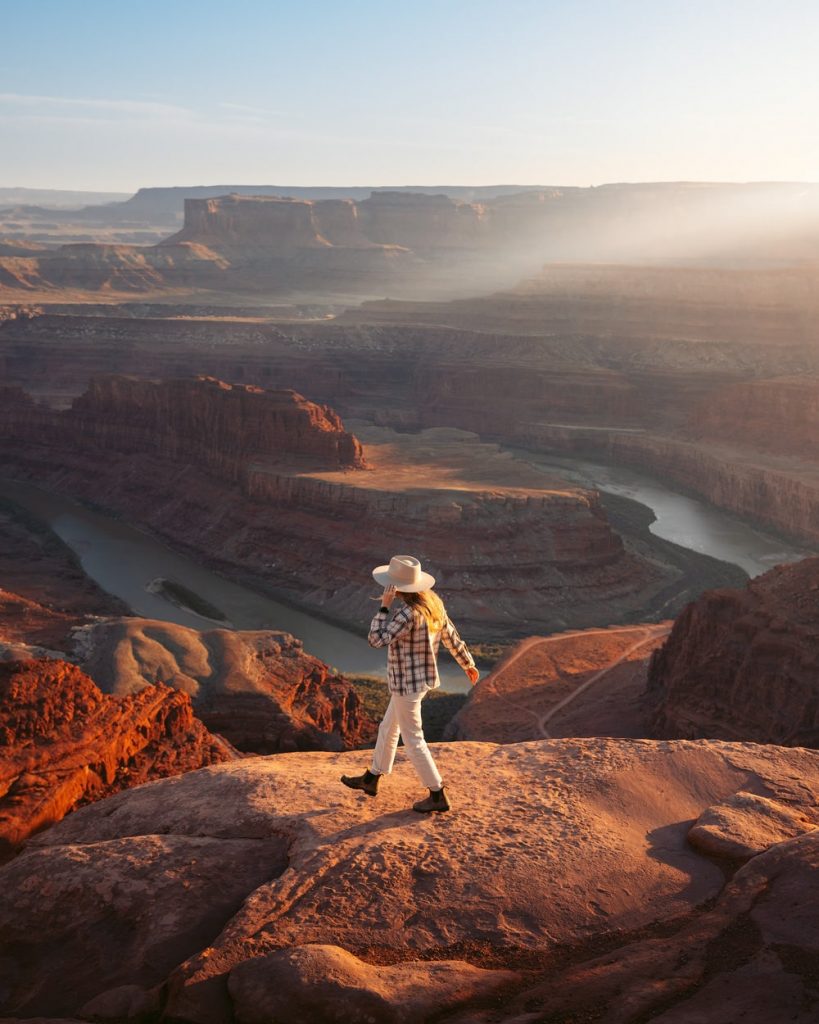
Things To Know Before You Go On a Utah Road Trip
Before setting off, below are a few more key things to know about taking a Utah national parks road trip.
How To Avoid National Park Crowds
Utah national parks can get busy! Especially on weekends and holidays. I have an entire guide on how to avoid crowds in national parks, but here are my top tips to consider when visiting Utah’s Mighty 5:
- Visit mid-week and during off-peak seasons.
- Be self sufficient and prepared (e.g. your own food, water, supplies).
- Start your day at sunrise. Exploring late in the afternoon can also be quieter than in the middle of the day.
- Explore less popular parts of the park.
- Hit the trails and go hiking. Overlooks/viewpoints are always much busier than the trails.
Buy a National Parks Pass
You 100% should buy an annual national parks pass if you’re taking a road trip through Utah’s Mighty 5. The America The Beautiful Pass is a one-time fee of $80 and it allows for unlimited entry into federally operated recreation sites across the United States. The pass covers both the owner and up to three accompanying adults aged 16 years and older (children 15 and under are free).
Not only will it save you money in the long run to buy an annual pass, but 100% of the proceeds will go back to improving the national park system’s facilities and services. You can pick up a national park pass at any entrance station or park visitor center. If you already have one, don’t forget to pack it!
How To Plan Utah National Park Hikes
Hiking trails are often the most beautiful parts of a national park and should definitely be explored if you are physically capable. Here are my top tips for planning national park hikes when visiting Utah’s Mighty 5:
- Look at the national park map and other information you are provided on entrance to the park. These brochures often have recommendations for hiking in the different park sections.
- Drop into the visitor center and ask about trail conditions and what is/isn’t accessible at that time of year. You can also double-check whether or not you need a permit to take a particular hike. Park rangers are a great resource for trip planning
- If you’re planning hikes before arriving at the park then you can refer to the National Park Service website and All Trails (website or app) for current conditions.
- Be sure to read up on that particular park’s local hiking guidelines.
- Research any gear you may need for hiking in your chosen terrain/conditions. My beginner’s guide to hiking covers the basics and I also have a women-specific guide on what to wear hiking. Curious about what shoes to wear? Check out my guide to the best hiking shoes for women and men.
Need a refresher on hiking trail etiquette? Read my guide on the Hiking Trail Etiquette Rules You Should Know and Follow.
Can You Take Pets to National Parks?
This is a common question to ask when planning a Utah national parks trip. Each national park has its own rules when it comes to pets. You can check on NPS.gov (select your park > plan your visit > basic information > pets) or call ahead and ask a ranger. In my experience, most national parks do not allow pets on trails but do often allow them in rest areas. Remember to always follow park regulations, keep your pet leashed, and clean up after them. And please do not leave animals in cars on hot days!
Always Follow Leave No Trace Principles
It’s important that you follow Leave No Trace principles when visiting national parks, and anytime you are out in nature. Please be sure to educate yourself before heading out to explore Utah’s Mighty 5. Find out more information via the Leave No Trace Center for Outdoor Ethics, the National Park Service, or by reading my in-depth blog post on How To Leave No Trace.
What To Pack For a Utah National Parks Road Trip
What you pack for your Utah national parks road trip will depend on what time of year you choose to visit. Seeing as it’s the most common time to visit, this packing guide will be tailored to spring and fall travel. If you choose to visit Utah’s Mighty 5 in summer, maybe leave some of the heavier items at home and definitely bring extra sunscreen. And if you visit during winter then definitely bring more layers.
This packing guide is also tailored towards people who enjoy hiking. If you don’t plan to hit the trails, simply leave off the hiking-specific items when using the guide. For those choosing to camp, I have an entire guide and packing list for car camping essentials, so make sure to check that out!
Don’t forget to use code RENEE15 to get 15% off your first Backcountry.com order! (some exclusions apply) Click here to shop my favorites.
Hiking shoes:
If you’re visiting in spring or fall then a pair of trail runners or lighter hiking boots should do the trick, such as the La Sportiva Bushido II Trail Running Shoe. If visiting during the winter months or if you plan to hike muddy trails, it’s best to bring a pair of waterproof hiking boots. The Columbia Newton Ridge Plus Waterproof Hiking Boots are a great choice. We also have a guide on all the best hiking shoes, so don’t forget to check that out when shopping for new hiking boots!
Merino wool socks:
Wool socks are the best for preventing blisters and also letting your feet breathe. Recommended hiking socks.
Hiking pants, leggings, shorts, Skorts, Dresses:
I generally reach for leggings and I have also been loving skorts lately, but choose whatever feels comfortable and practical for you! Recommended hiking pants; hiking shorts; hiking skort, hiking dress, hiking leggings.
Quick-dry top:
Merino wool tops are my favorite due to their breathability and odor resistance. Recommended short-sleeve hiking top; long-sleeve hiking top.
Day pack/hiking backpack:
Choose something with hip and chest straps for optimal comfort and practicality. Recommended backpack.
Hip pack:
When taking short walks or exploring roadside stops I often prefer to opt for a small hip pack instead of a backpack. Just something to fit my phone, lip balm, sunglasses, and any other essentials. Recommended hip pack.
Trekking poles:
Optional but I personally swear by them for hiking! Recommended trekking poles.
Mid-layer:
Perfect for chilly mornings and evenings. So opt for something lightweight like a fleece or pullover. Recommended mid-layer.
Insulated jacket:
You will want something warmer for chilly days and during the mornings and evenings when visiting in summer. Recommended insulated jacket.
Rain jacket:
The weather can change quickly in the desert! Be sure to pack a rain jacket and/or windbreaker, even during summer. These ones are lightweight and barely take up any space in your pack. Recommended rain jacket, recommended windbreaker.
Casual clothes:
Pack some casual and/or nicer outfits if you plan to eat out at restaurants. This is of course optional though! Check out my Favorites page on Backcountry for some recommendations.
Navigation:
When driving, have Google Maps or Maps.Me handy. For hiking, carry a physical map and a compass, and download offline maps onto your phone. I use Gaia GPS – click here to get 20% off a Premium membership!
Emergency beacon:
Optional, but can give you and your loved ones some peace of mind when hiking or traveling without phone service. Recommended emergency device.
Headlamp + batteries:
For hiking in the dark, camping, or in emergency roadside situations. Recommended headlamp.
Drink bottle + Water Jug:
Pack a reusable water bottle and you could also consider using a water bladder inside your backpack when hiking. I like to keep a larger water jug in my car so that I don’t have to rely on finding water fillup stations. Lastly, I also like to hike with a lightweight water filter to ensure I don’t get sick when drinking from streams.
Sun hat:
Bring along either a cap, bucket hat, or wide brim hat to protect your face from the sun. Recommended cap; bucket hat; wide brim hat.
Sunscreen:
Self-explanatory. This one is reef safe and doesn’t contain any chemicals that will harm you or the environment. Don’t forget a lip balm with sunscreen too.
Sunglasses:
Polarized sunglasses are best for eye protection.
First aid items:
Always carry a small first aid kit with essential items like blister plasters and emergency supplies. Recommended lightweight first aid kit.
Phone + driver’s license/ID:
Always best to keep these on you in case your car is broken into. Recommended lightweight wallet (or you can simply use a small binder clip!)
Camera + batteries:
Optional but trust me, you will want a camera to capture these beautiful parks! Check out the camera gear I use to capture my travel photos and the camera bag I pack it all in!
Cooler:
Packing a cooler to bring along your own food and drinks is a good way to help stick to your budget on road trips and avoid unnecessary stops. You can opt for a smaller size for a day trip or a larger cooler that’s more conducive to car camping and longer road trips. Recommended day trip cooler; larger cooler.
Snacks:
Every road trip requires snacks! Bring whatever your favorite snacks are or factor in time to stop at a grocery store / gas station. My go-to snacks.
Reusable coffee mug:
If you enjoy drinking coffee then it’s best to bring along a reusable mug or tumbler. Recommended mug; insulated tumbler.
Reusable utensils:
Similar to above, having your own travel utensils / cutlery is a great way to cut down on single-use plastics when ordering take-out food.
National Parks Pass:
A national parks pass is a must for this trip! Make sure to pack your pass if you already have one. If not you can buy one when you arrive at the parks or online before you go.
Road trip playlist + Podcasts:
Don’t forget to download some good tunes and podcasts for your road trip. For music, check out my playlists on Spotify. For podcasts, we have an entire guide on the best road trip podcasts!
Want more packing & gear tips? Check out our guides on what to wear hiking, car camping gear essentials, how to plan a national parks trip, and the best hiking shoes.
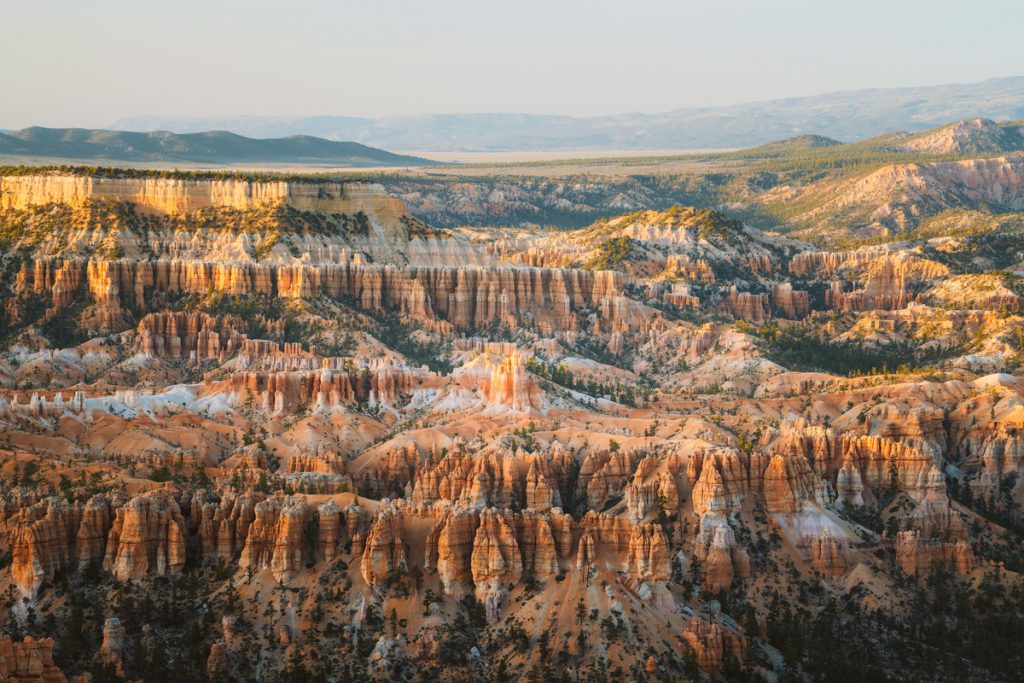
Final Thoughts On Taking a Utah National Parks Road Trip
I hope this guide helped you plan an incredible Utah national parks road trip itinerary! If you have any other Utah Mighty 5 recommendations to share, please leave them below in the comments. If you’re looking for more national park inspiration, be sure to check out our full range of guides.
PIN for Later!
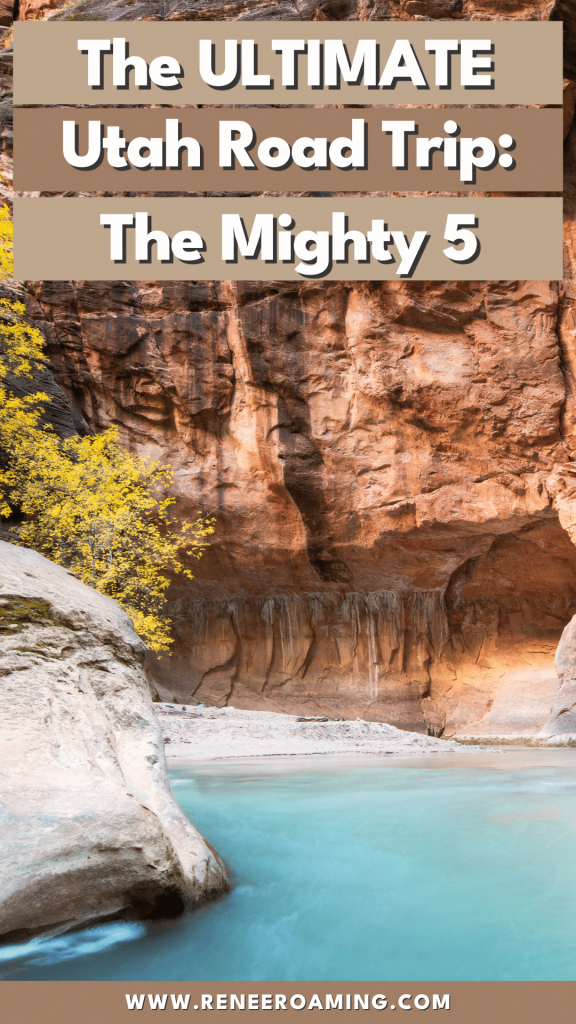

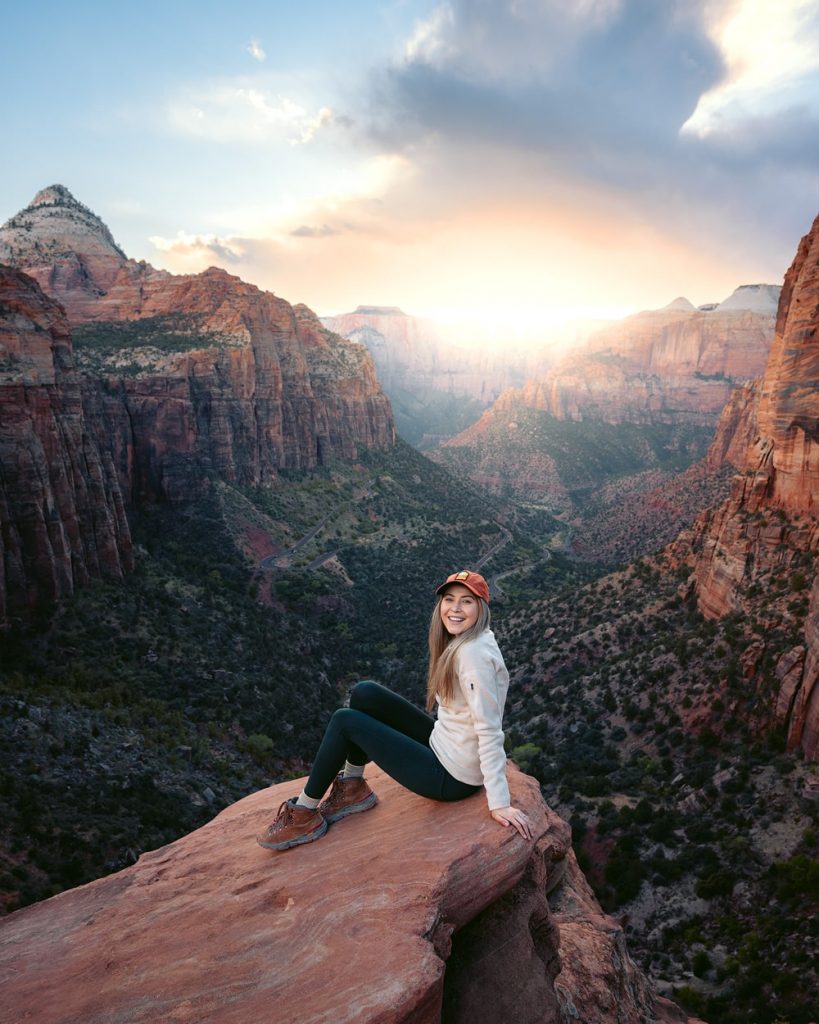
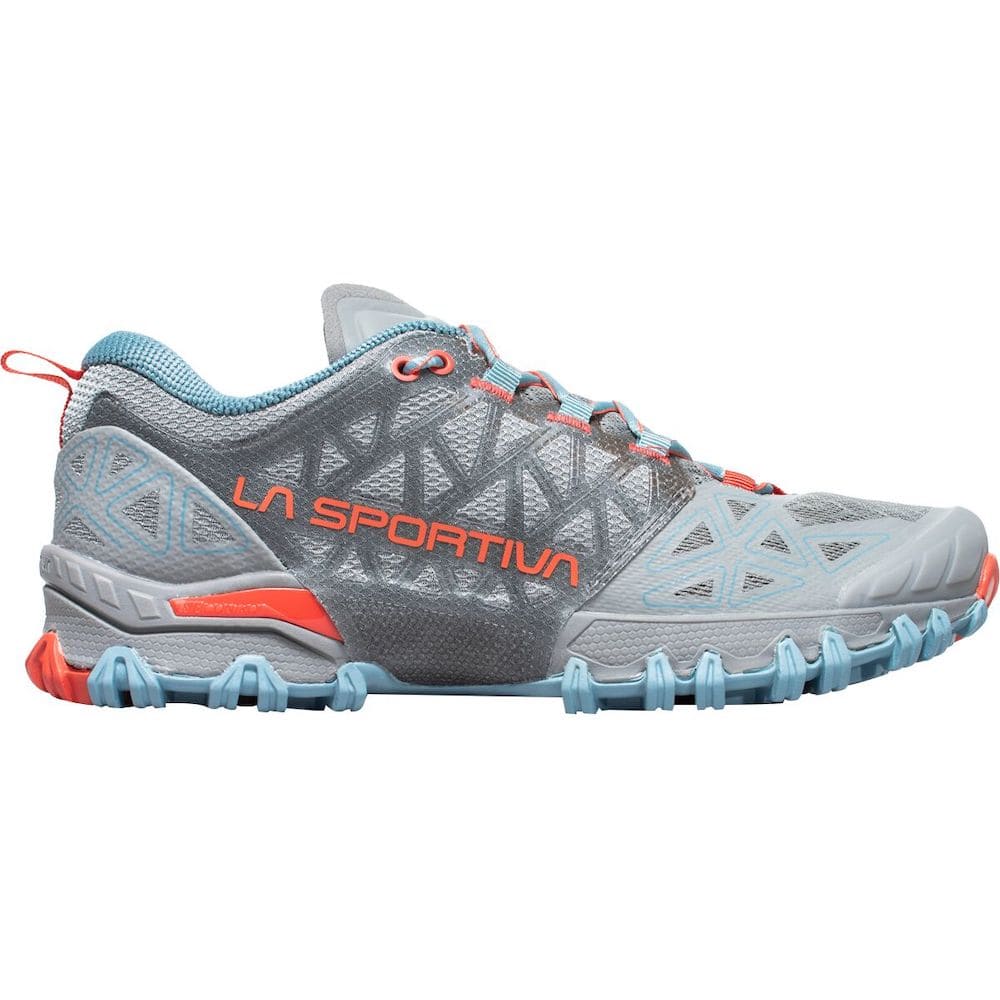
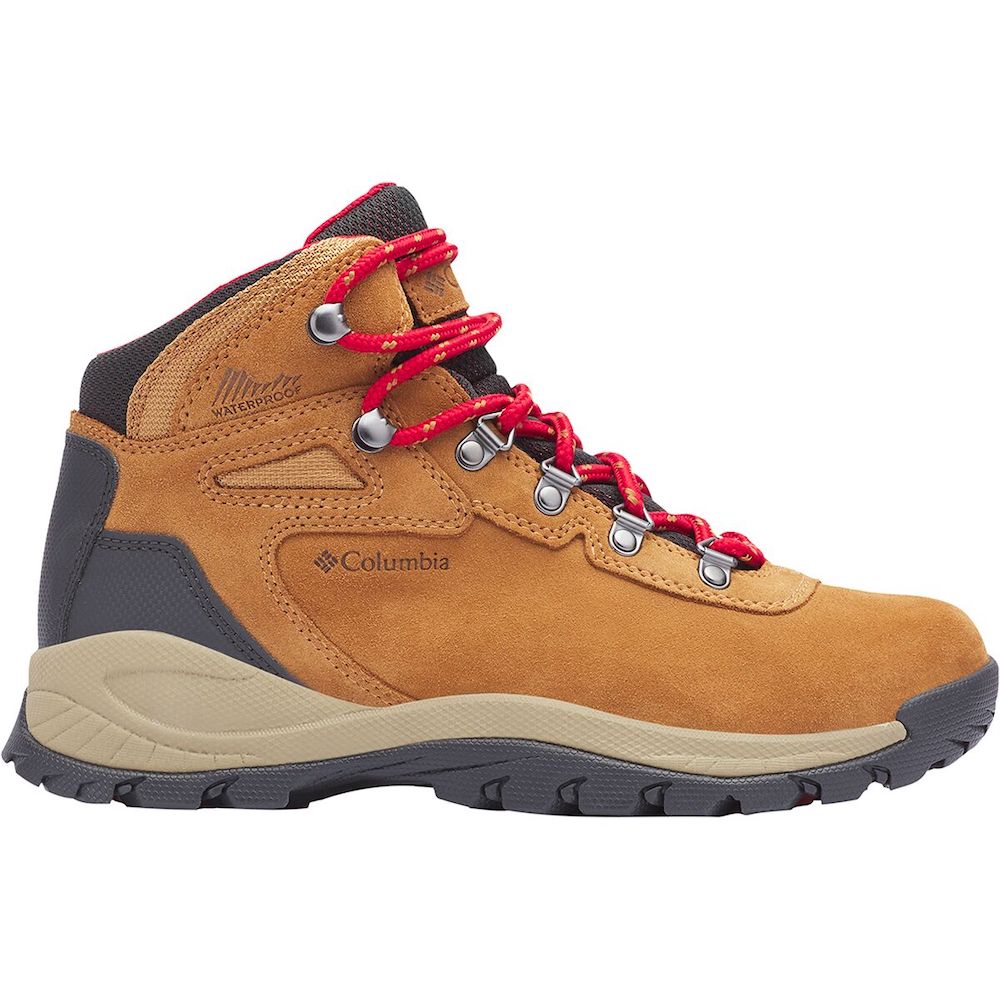
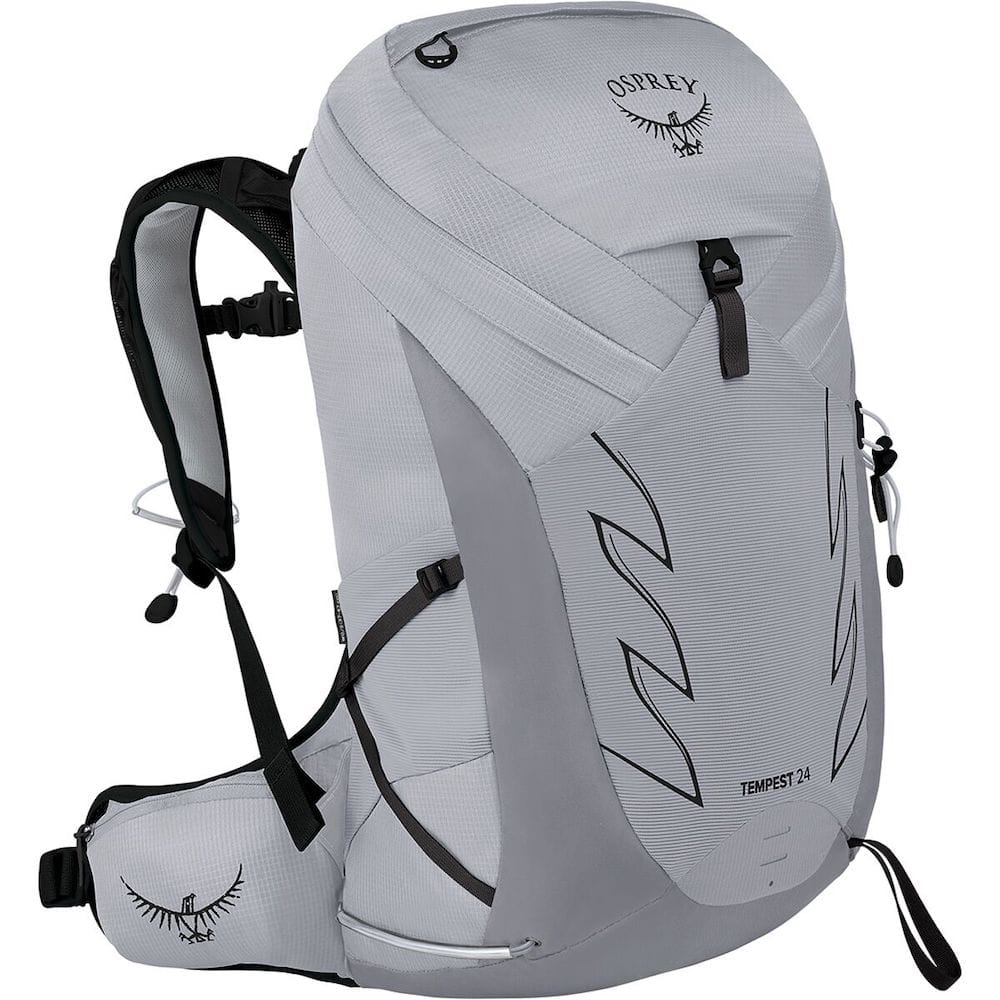
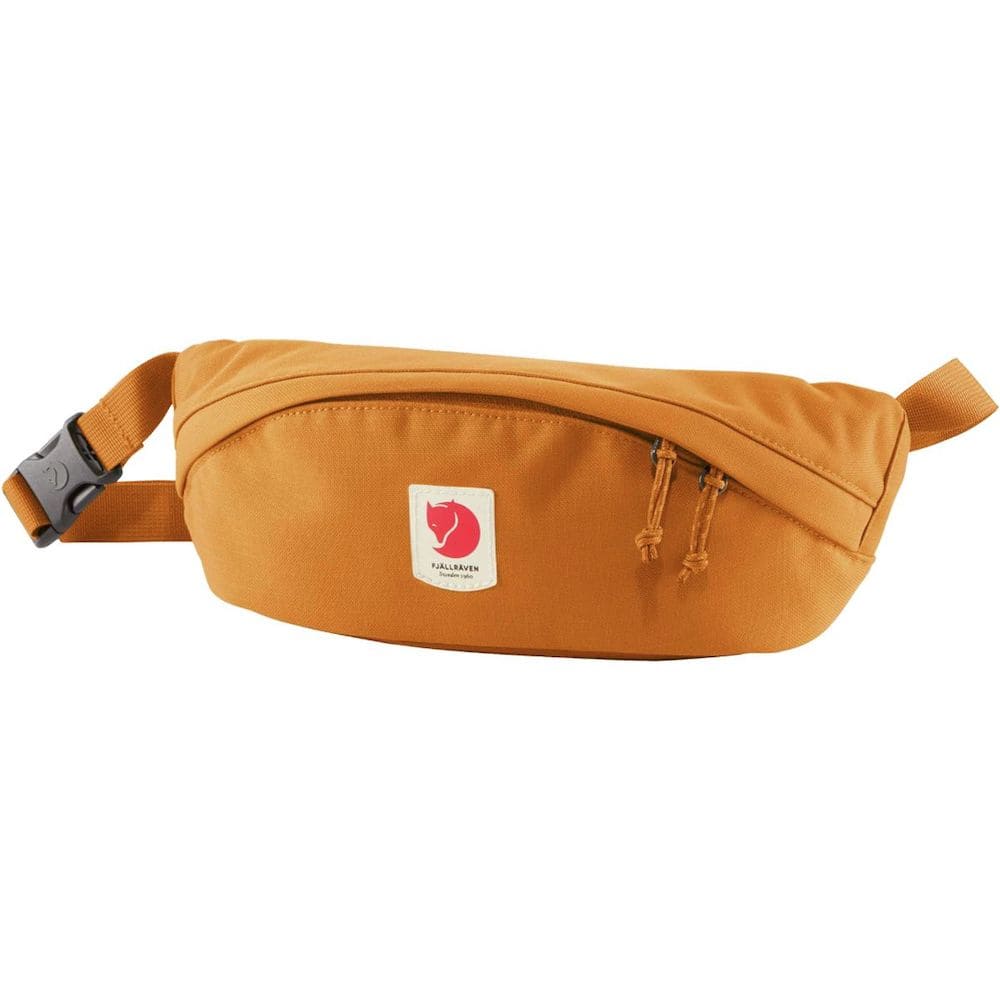
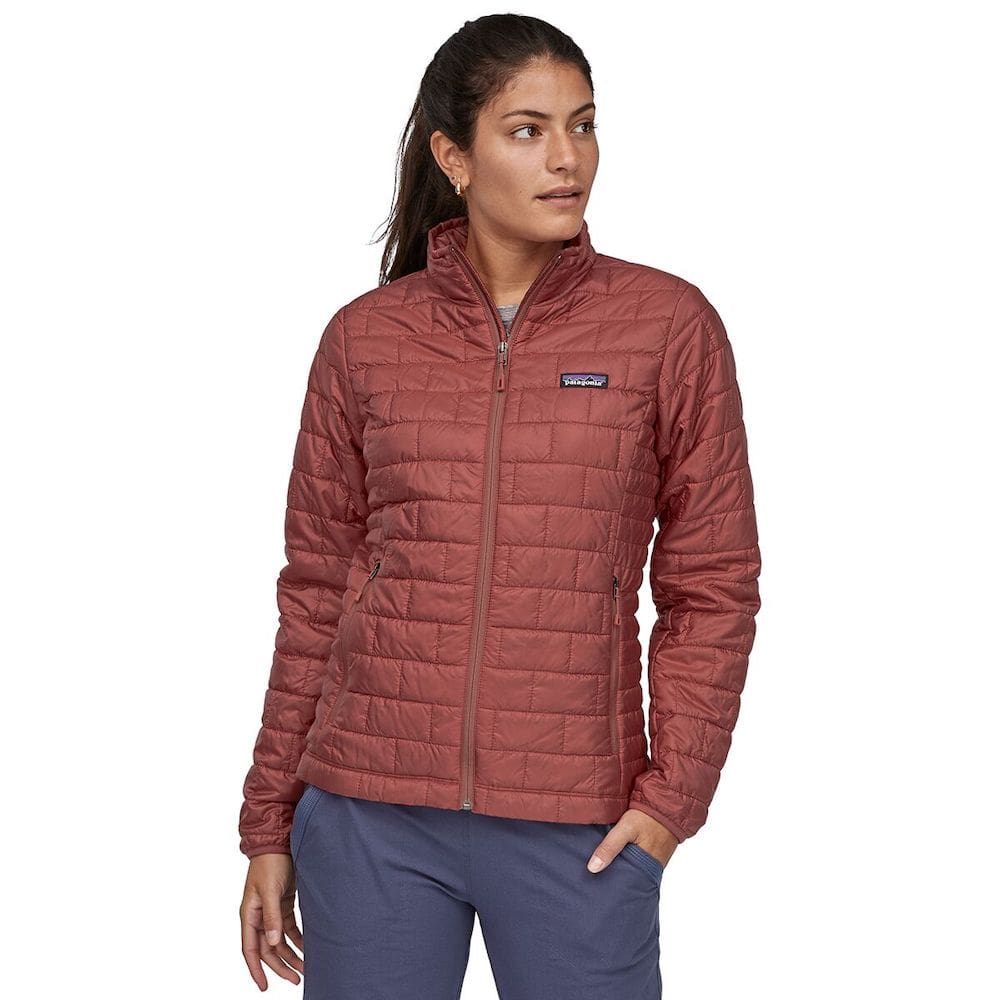
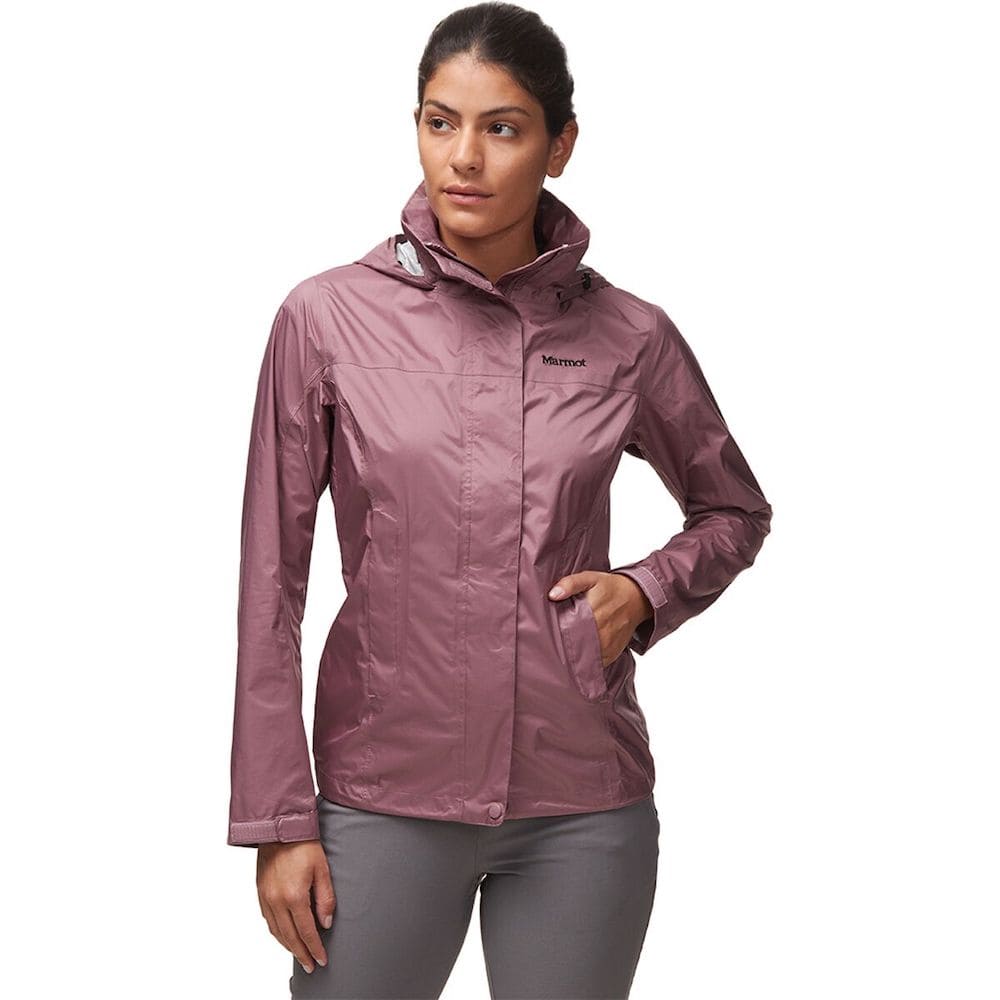
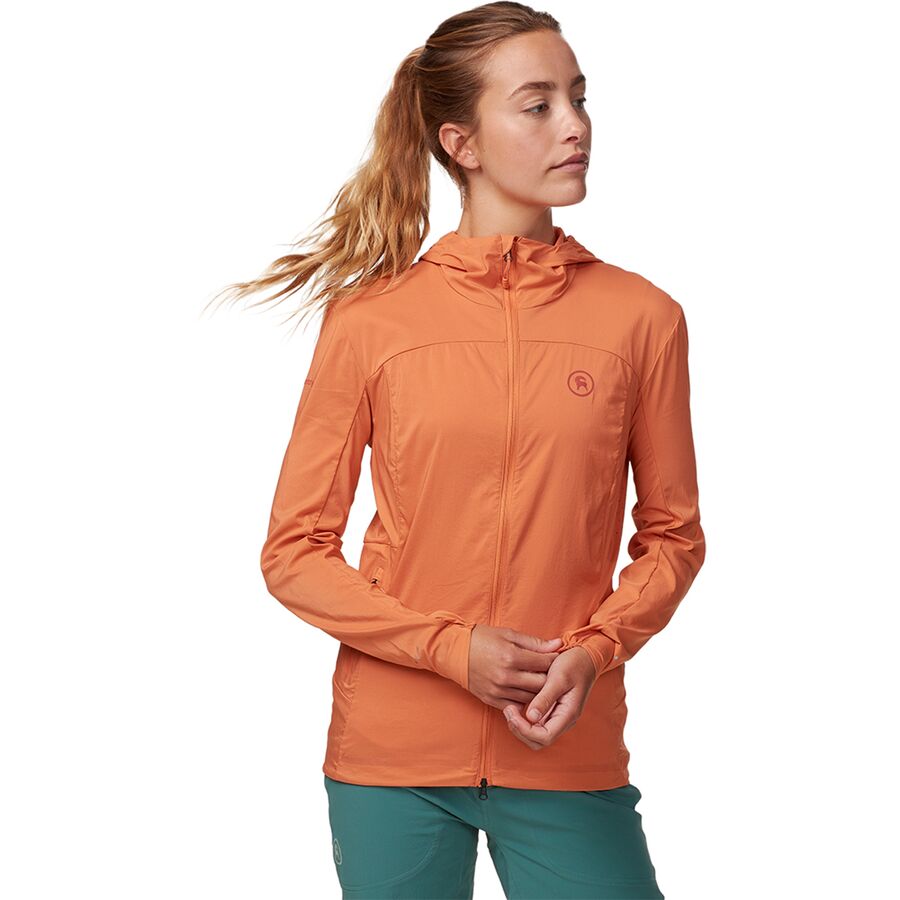
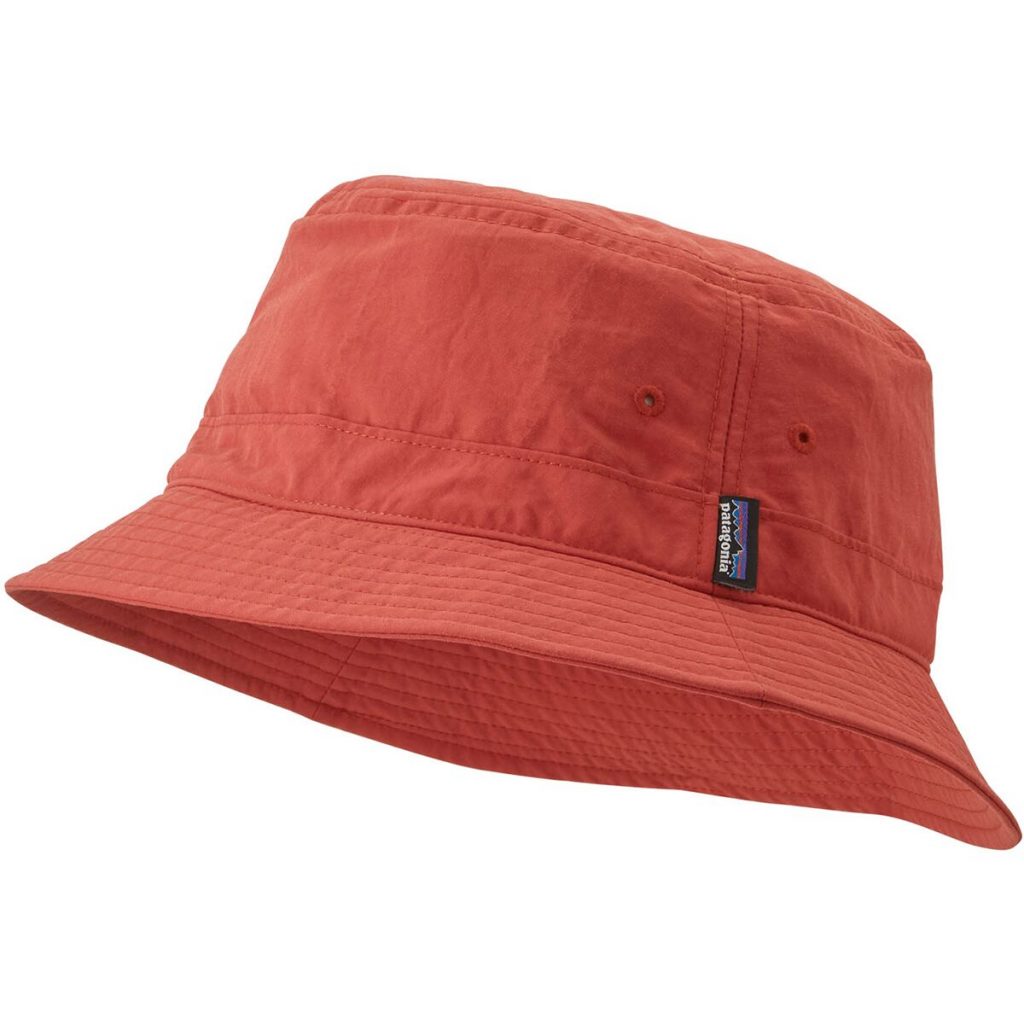
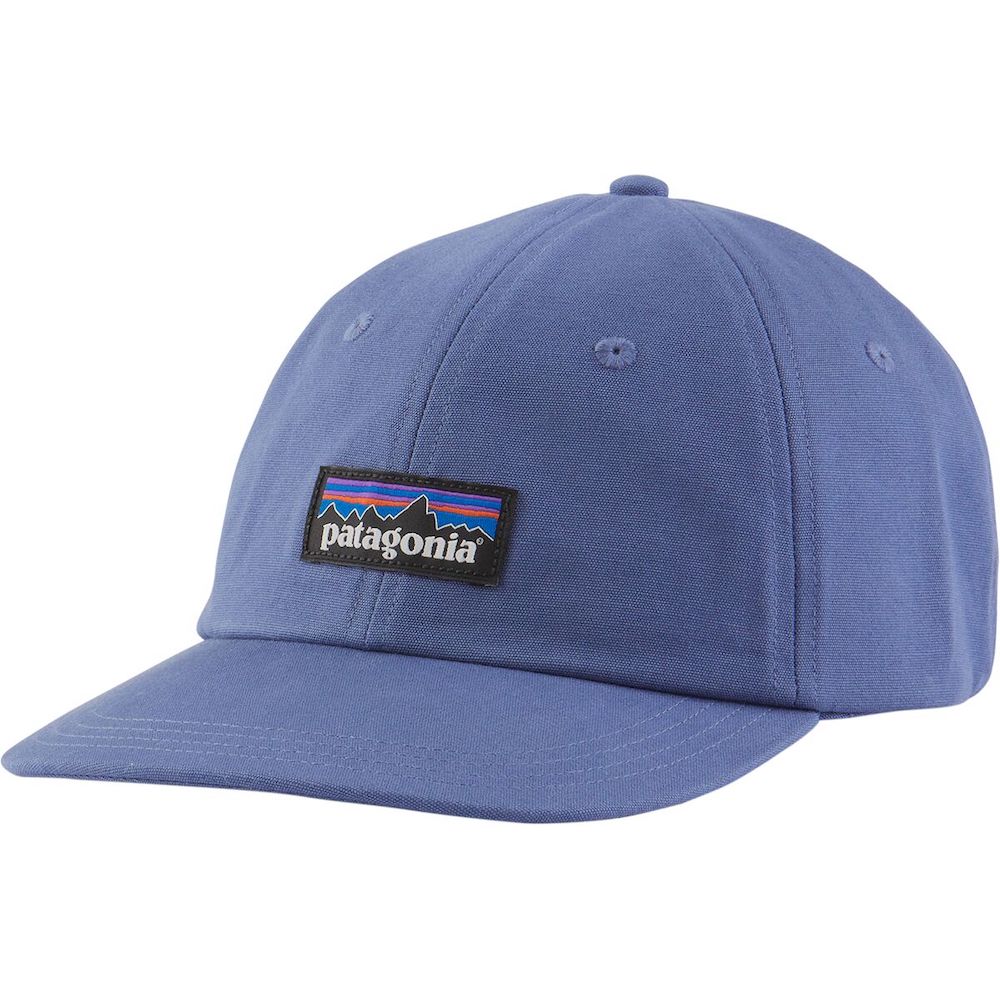
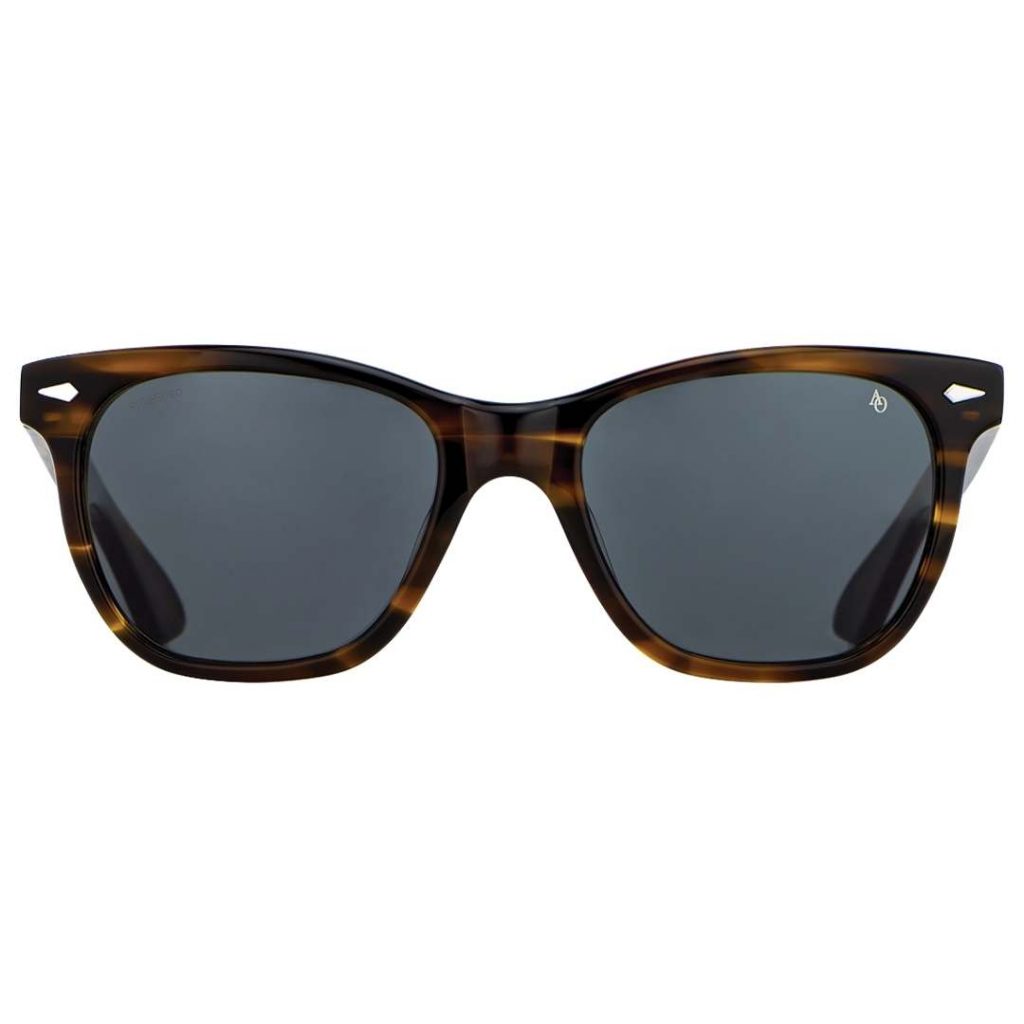
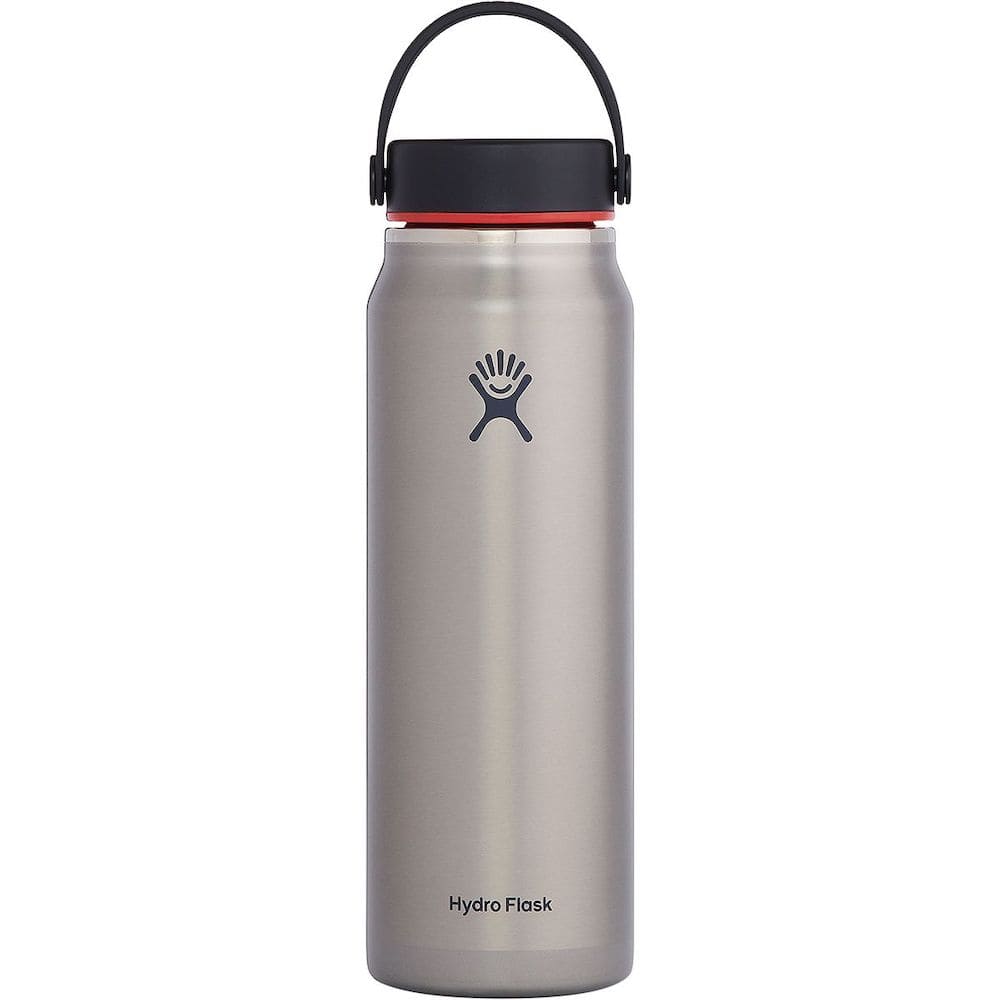
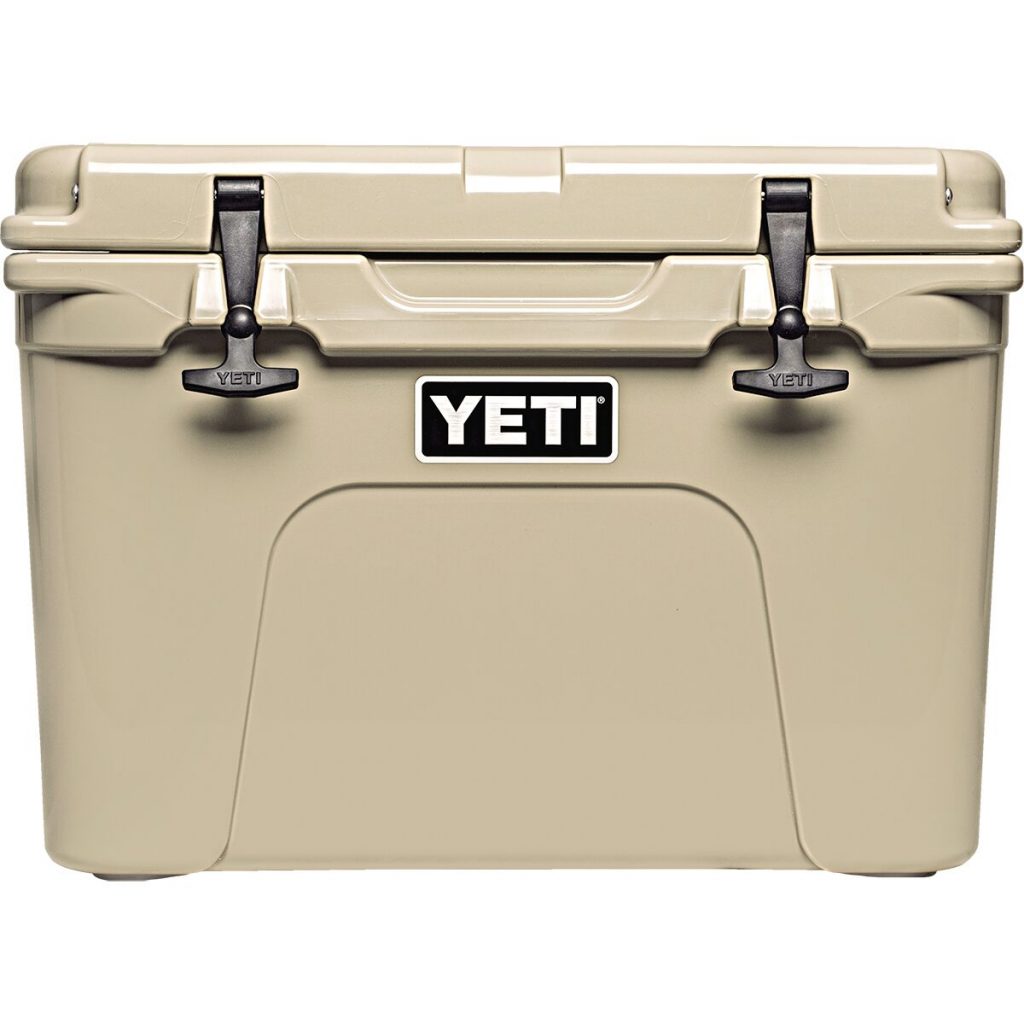
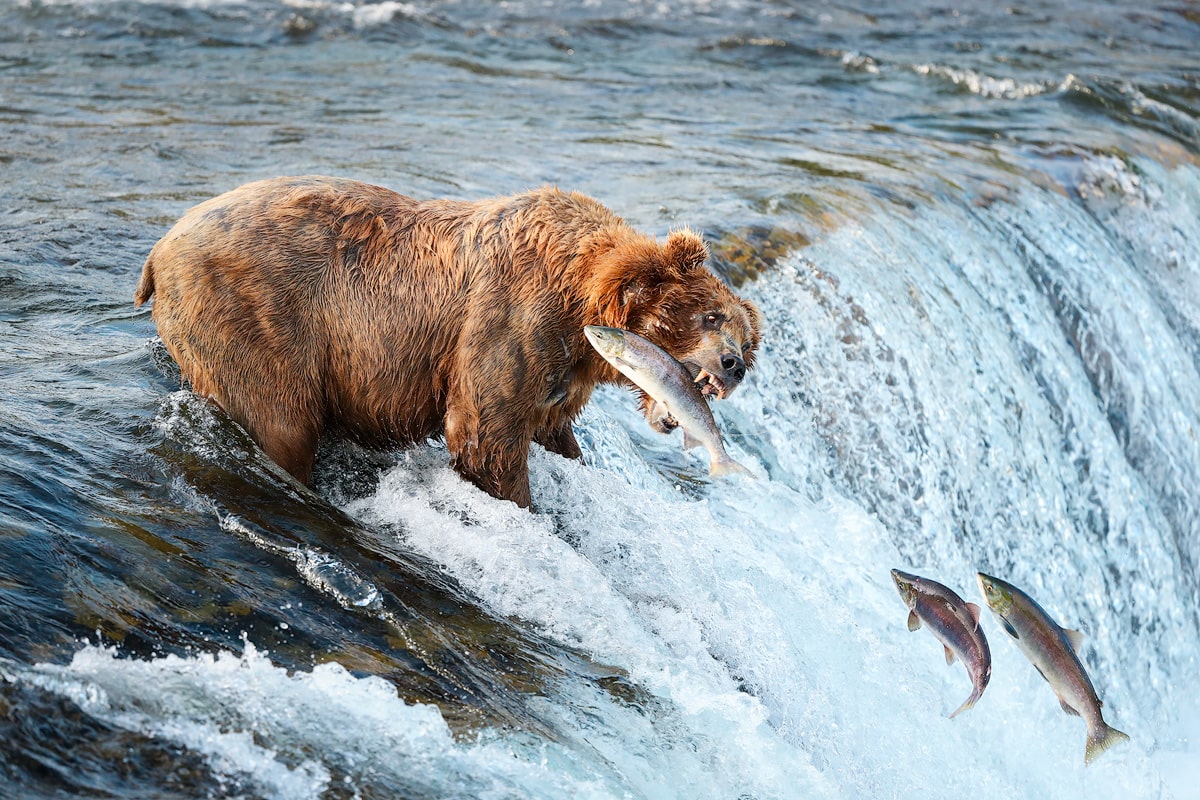
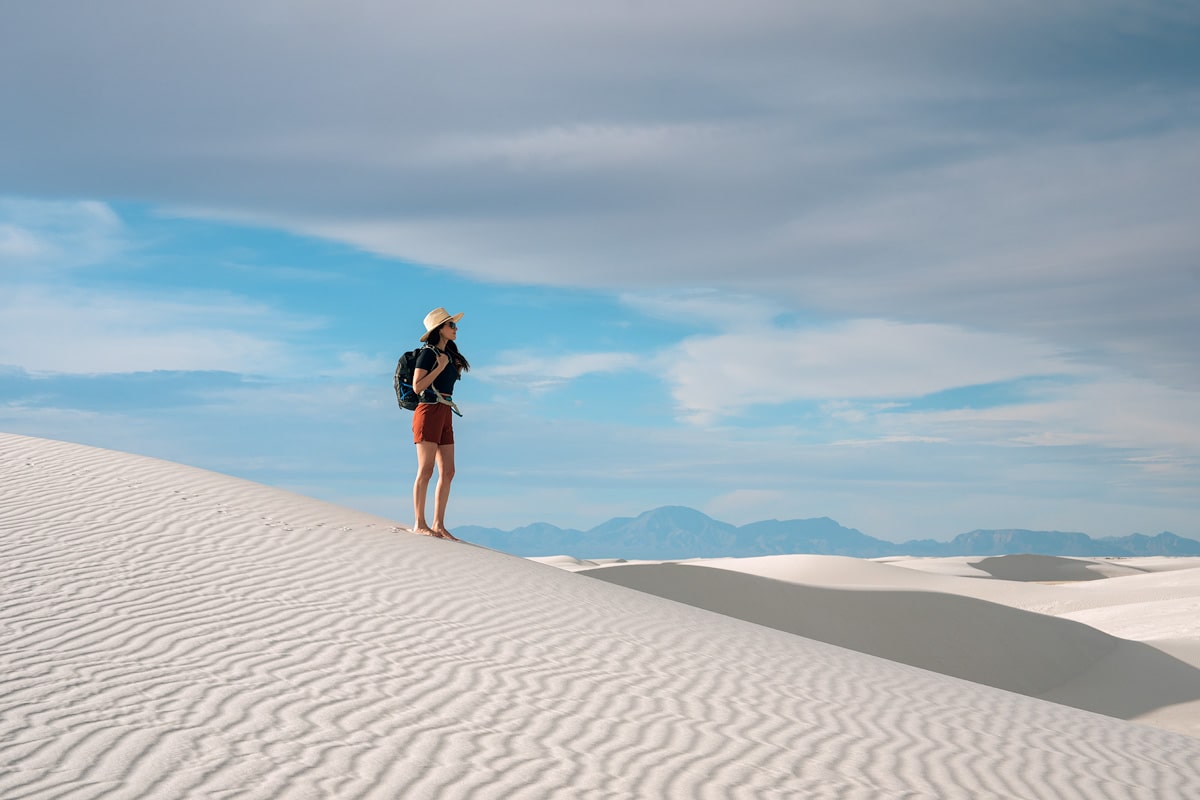
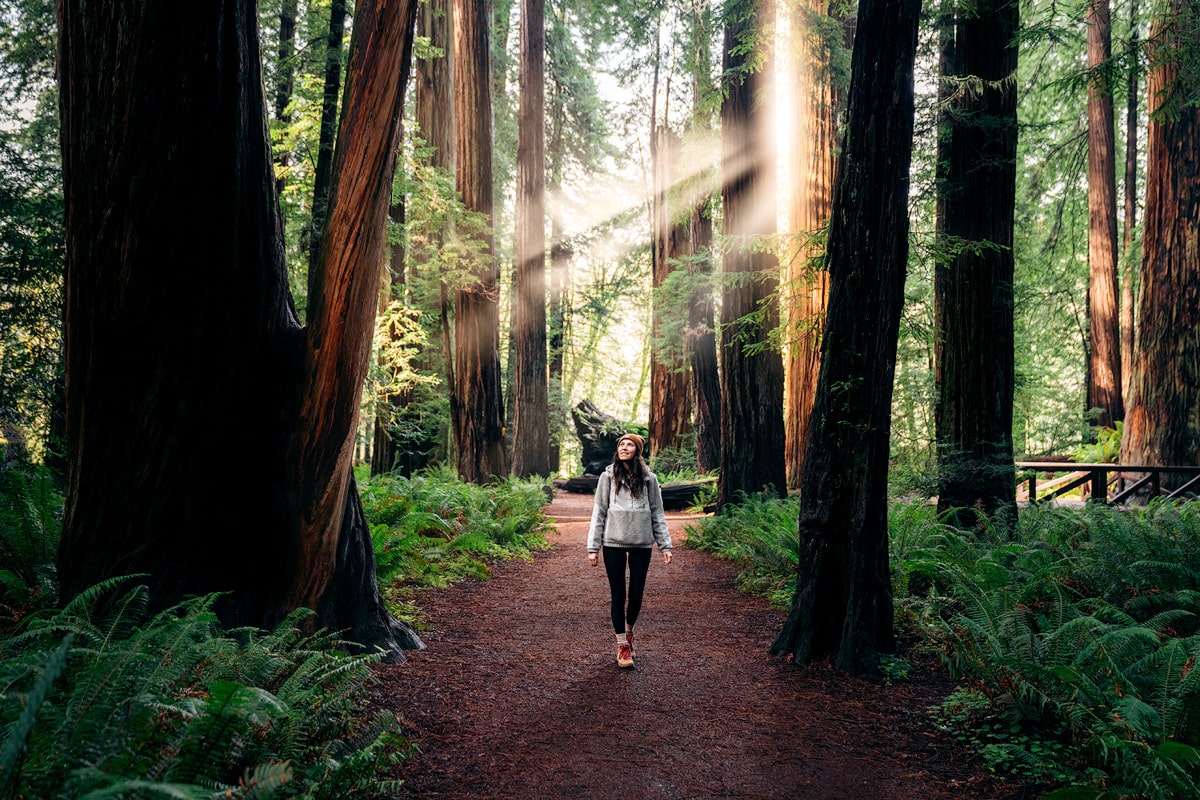
SO much helpful info! Thank you! I’m hoping to rent a camper van in late April to do this trip (7-day version). How did you find places to park the van overnight to sleep? Is it necessary to rent a camp site in advance? Also, how was it trying to find parking during the day while hiking?
Hi, my wife is handicapped and needs to use a scooter (can’t walk on trails, etc.) Where areas are handicap accessible that we can go to w/o any major hassles? Thanks
beautiful place, thank you for creating this article
WOW! This is and will be sn Incredible assist as I plan my national parks trip to Utah! THANK YOU THANK YOU!!
This is a great summary of all the awesome spots in Utah. You certainly got some beautiful photos!
Used http://www.reneeroaming.com to plan a tour of the 5 Utah national parks this past October. An absolute and unequivocal endorsement of this website !! The sequencing of the park visits, recommendations of hotels, places to eat and suggestions of hikes were all spot on. One of the best trips I have ever taken.
Wow this amazing blog and learning this information about me thanks sharing this lovely and great article